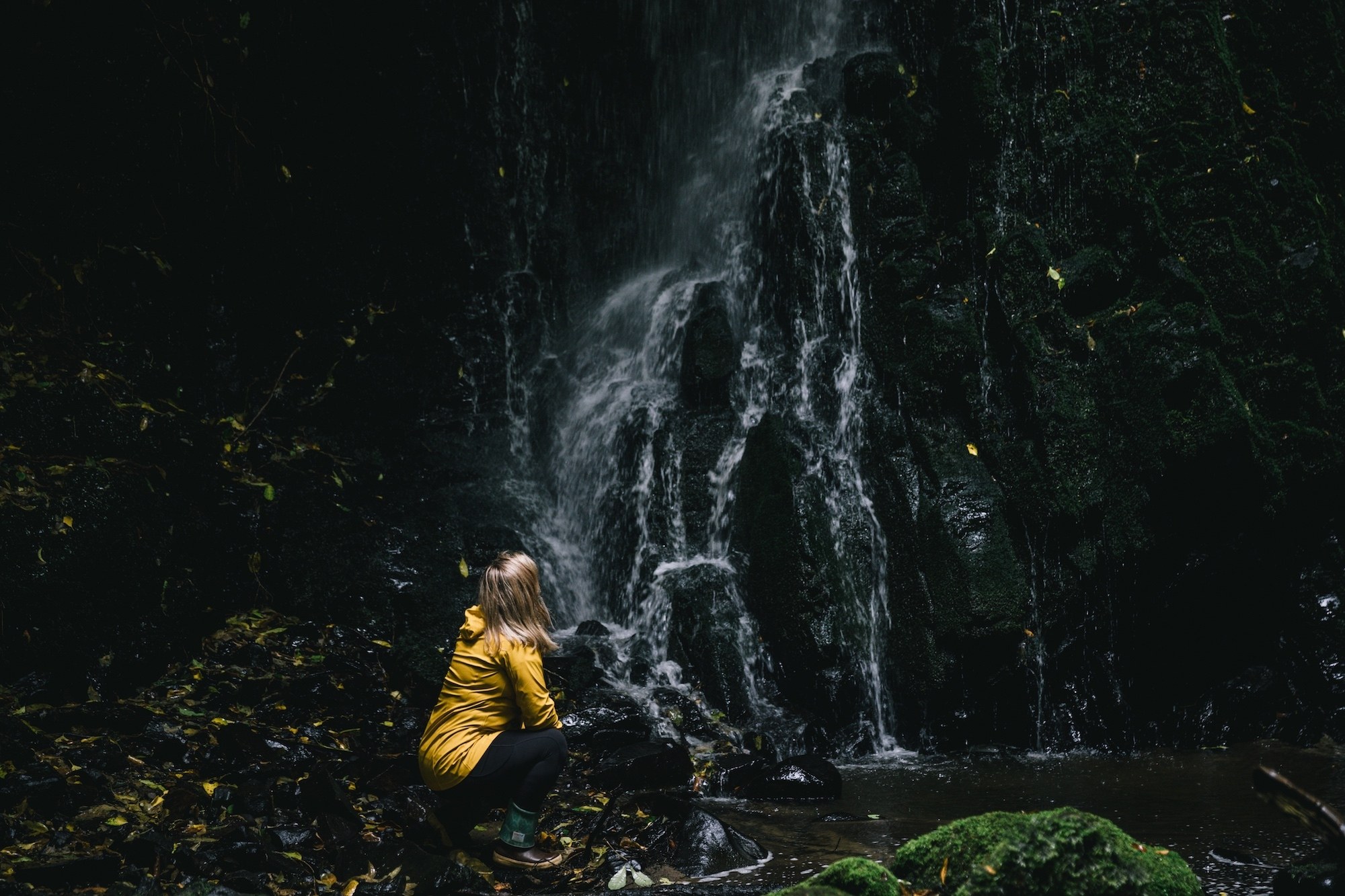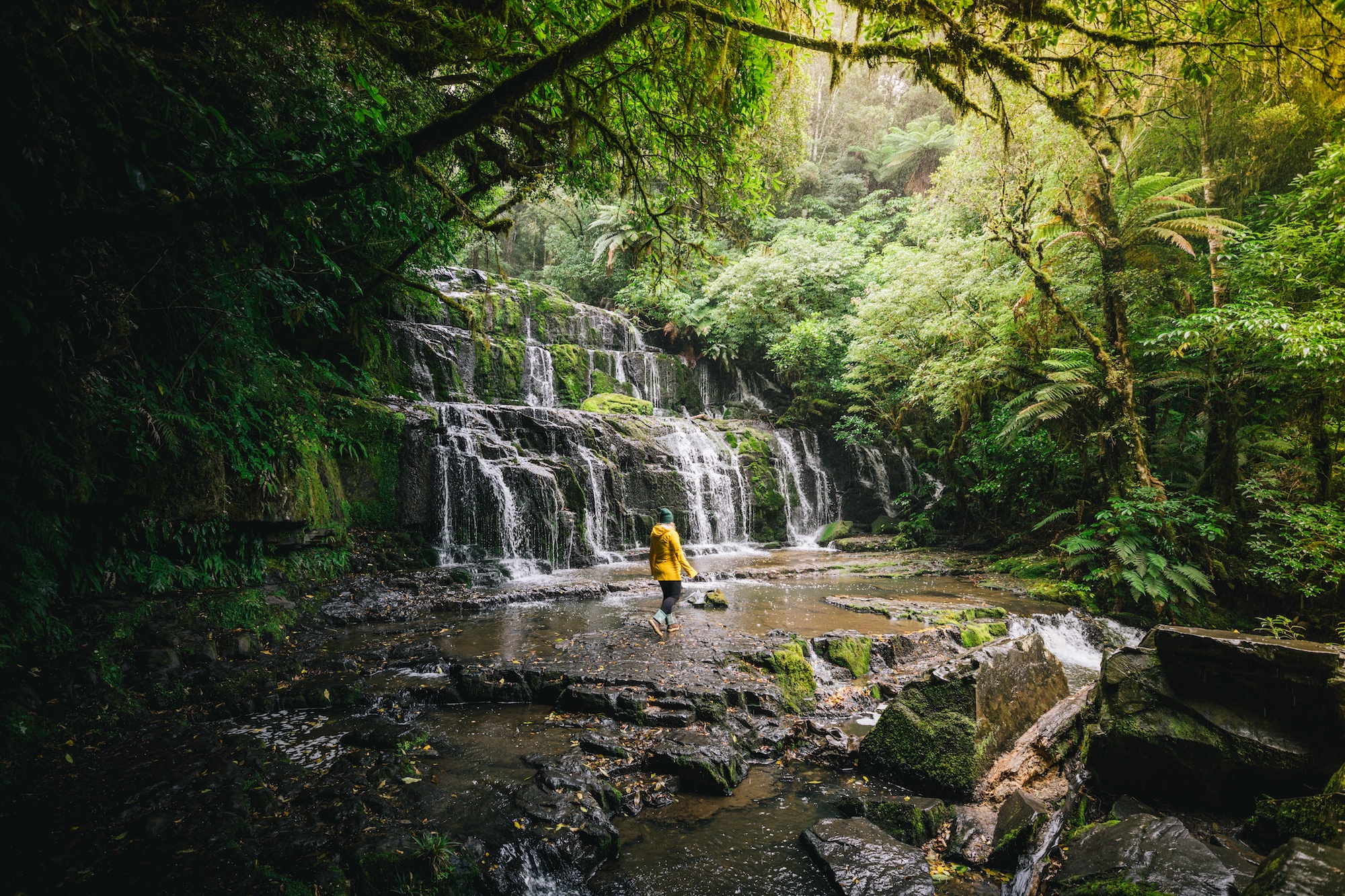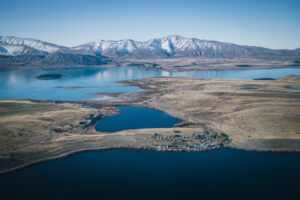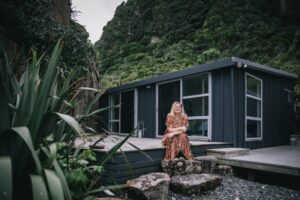When it comes to New Zealand, it’s not particularly hard to go off the grid. In the eyes of the rest of the world (I’m looking at you, Australia), New Zealand IS off the grid. In fact, it’s often left off the map!
But when it comes to traveling around this beautiful island nation at the edge of the world, there are well-trodden trails and, well, not-so-well-trodden trails. The Catlins fall into the latter. At the bottom of the beautiful South Island, you’ll find a rugged and remarkable coastline. Some of the country’s most unique wildlife call the Catlins home.
Humans have occupied the Catlins for at least a thousand years. Named after the Catlin River, named after Captain Edward Cattlin, a whaler who settled here, it was known and occupied by Māori for far longer.
Serene and peaceful, the Catlins is the place that deserves a slow visit, where you park up and stay a while.
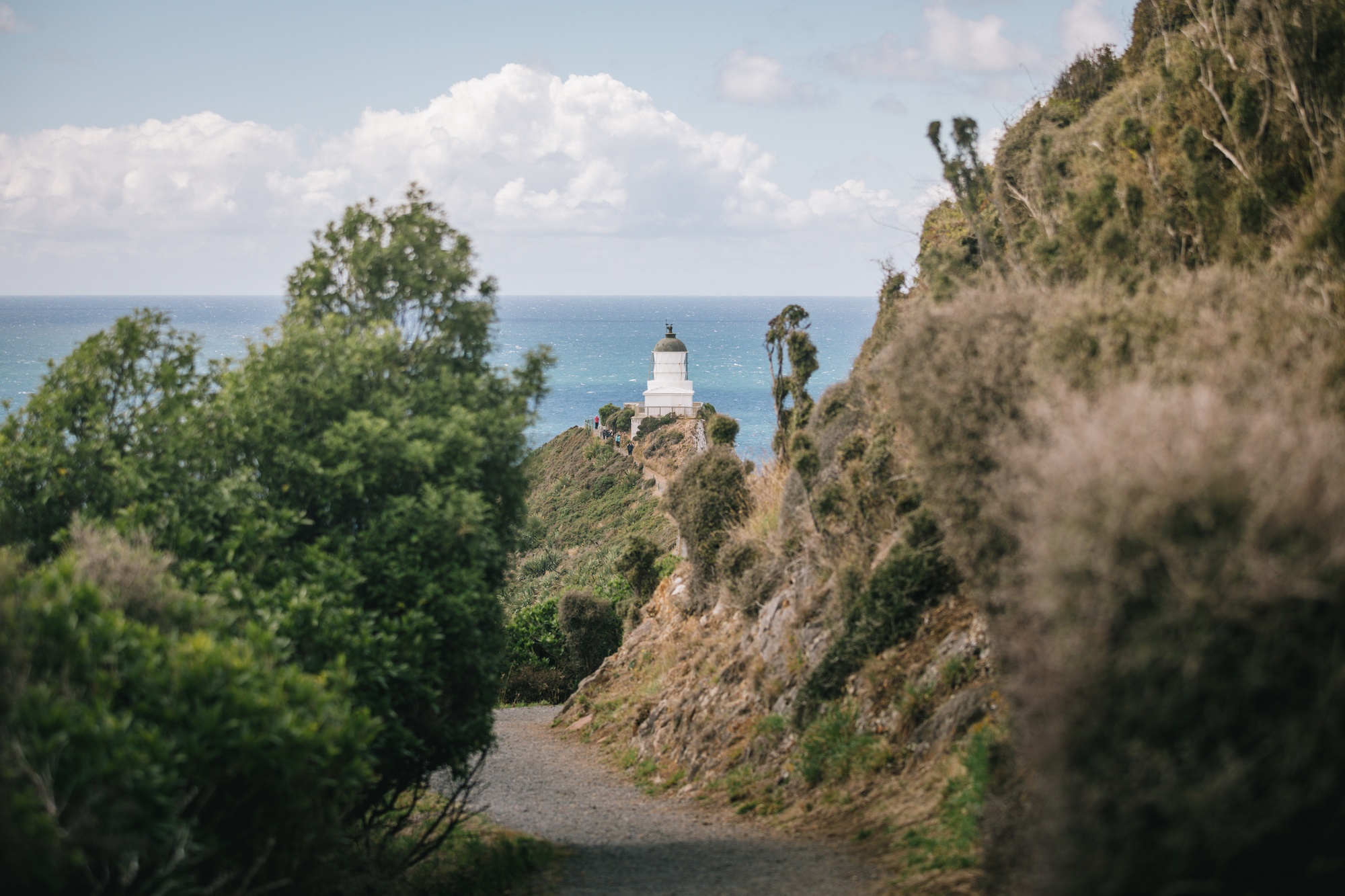
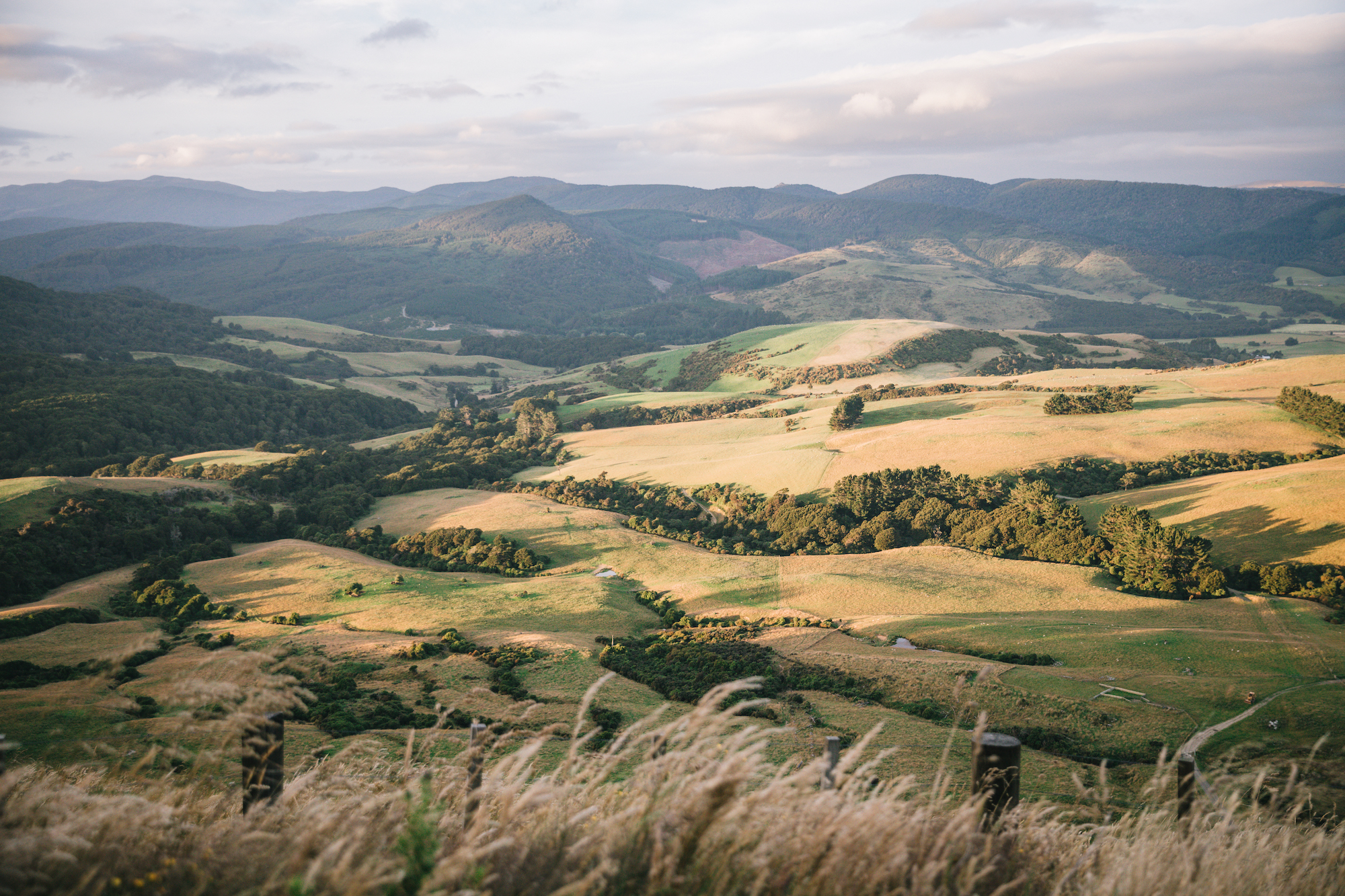
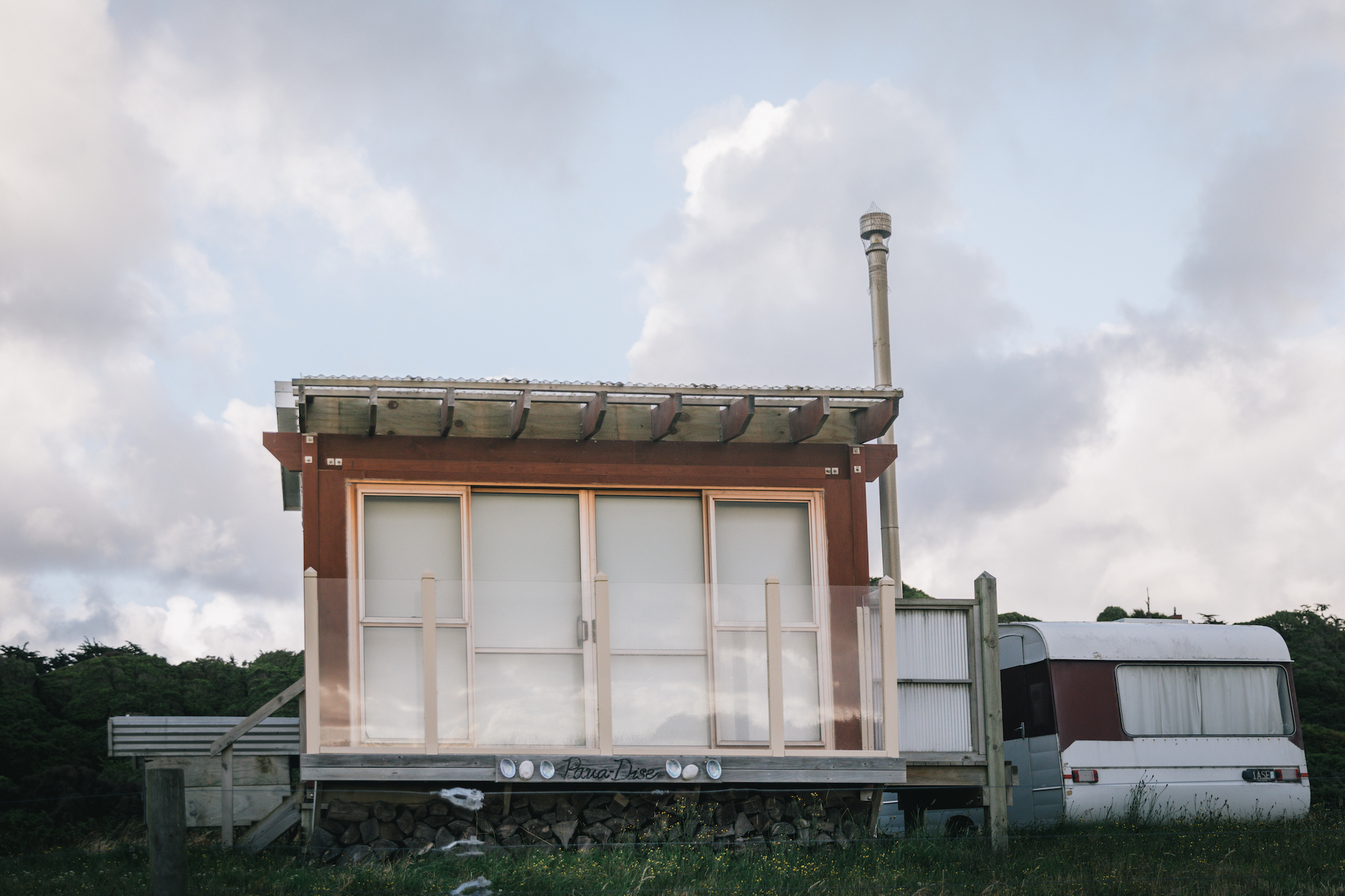
Apart from Stewart Island, nothing stands between the Catlins and Antarctica, which sometimes means the weather gets wild, which I secretly love.
I love waking up to the sound of rain on the roof. When the skies darken, harkening the arrival of a storm. It makes me think of my childhood in the South in the US with our daily afternoon summer thunderstorms. For me, dramatic weather has always evoked a feeling of nostalgia.
It speaks to my introverted character and excuse to bundle up and stay inside and read by the glow of a warm lamp. To light candles and hibernate. I think the weather has a powerful impact on our emotional well-being, and winter storms make me feel relaxed.
If you’re like me and seek stunning yet relaxing places, look no further than the Catlins. Here you have the sea, wild beaches, unique wildlife, ancient forests, beautiful waterfalls, epic weather, and not many people. It’s a recipe for unwinding.
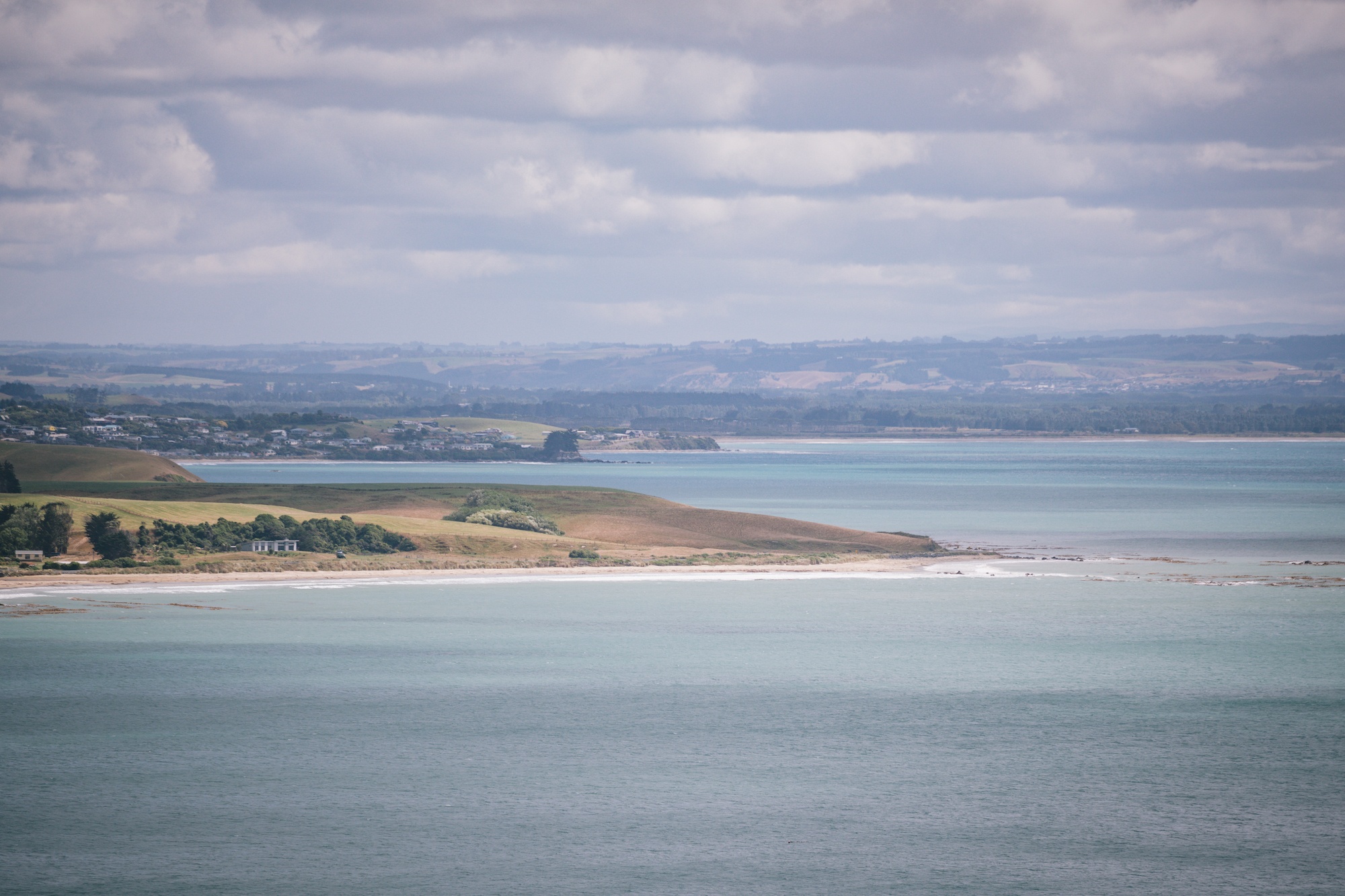
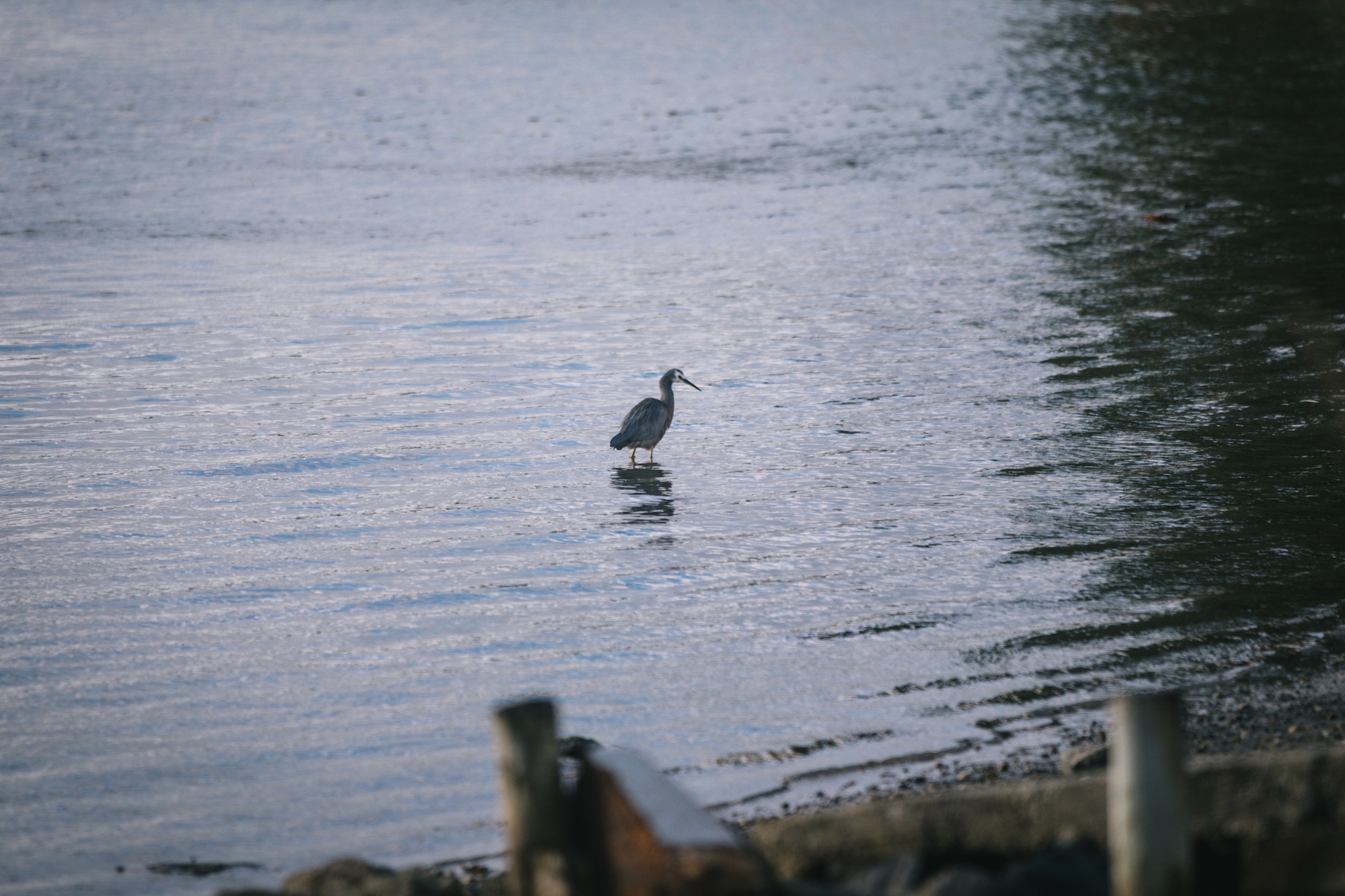
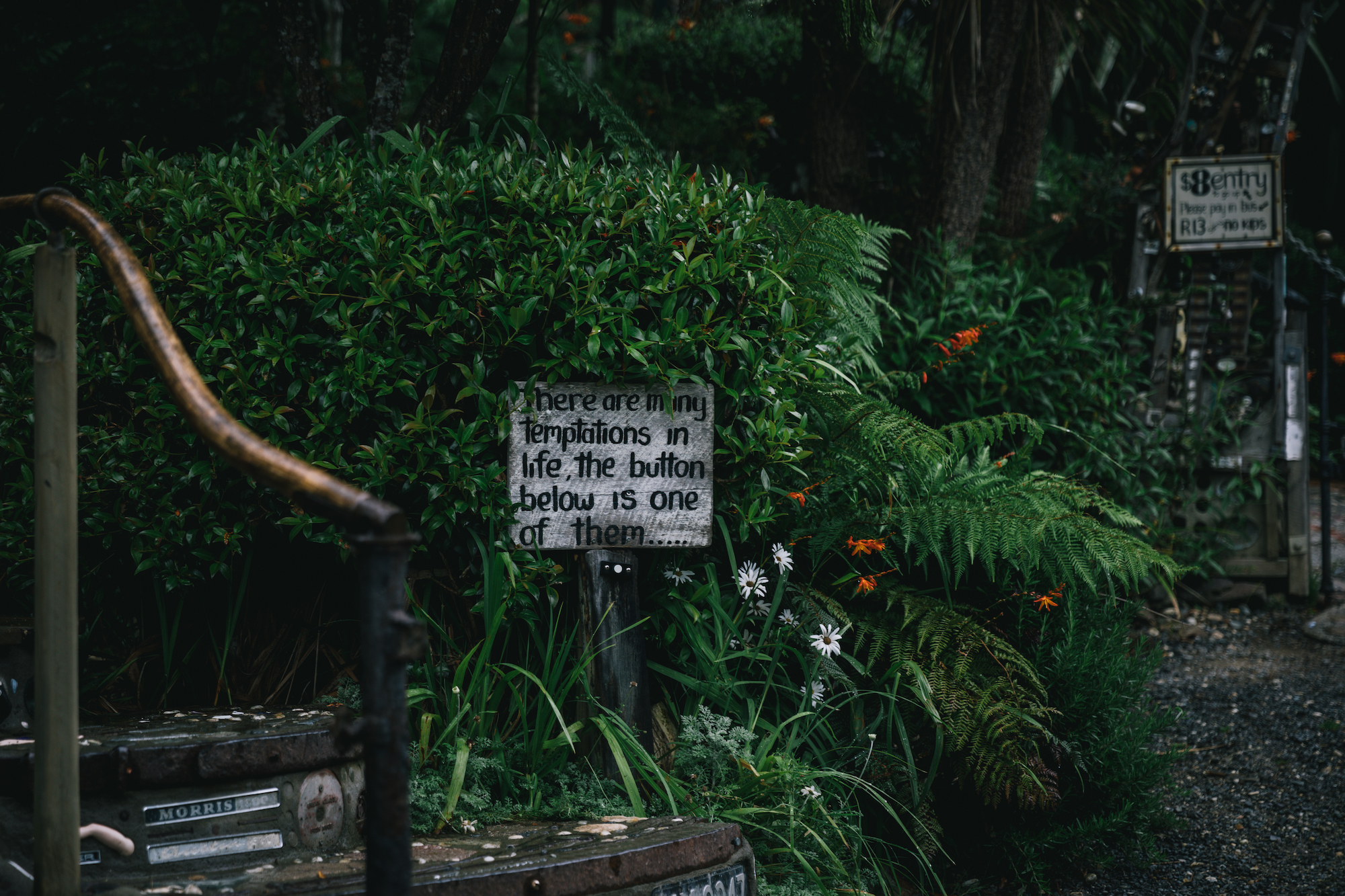
Go off the grid at Beresford Heights
First, if you’re going to head down south to the Catlins to relax and unwind, you gotta head straight for Beresford Heights. You guys know that charming, off-the-grid getaways are my thing. Beresford Heights ticks all the boxes and then some.
Inland near Owaka, it’s a charming new cabin built 400 meters above sea level, looking out over the rolling hills of the Catlins. Tucked away on the best view of the third-generation Burgess family farm, you can see how much love went into building it. Since it’s a working farm, they’ll transport you and all your stuff in a comfy ATV up to the cabin.
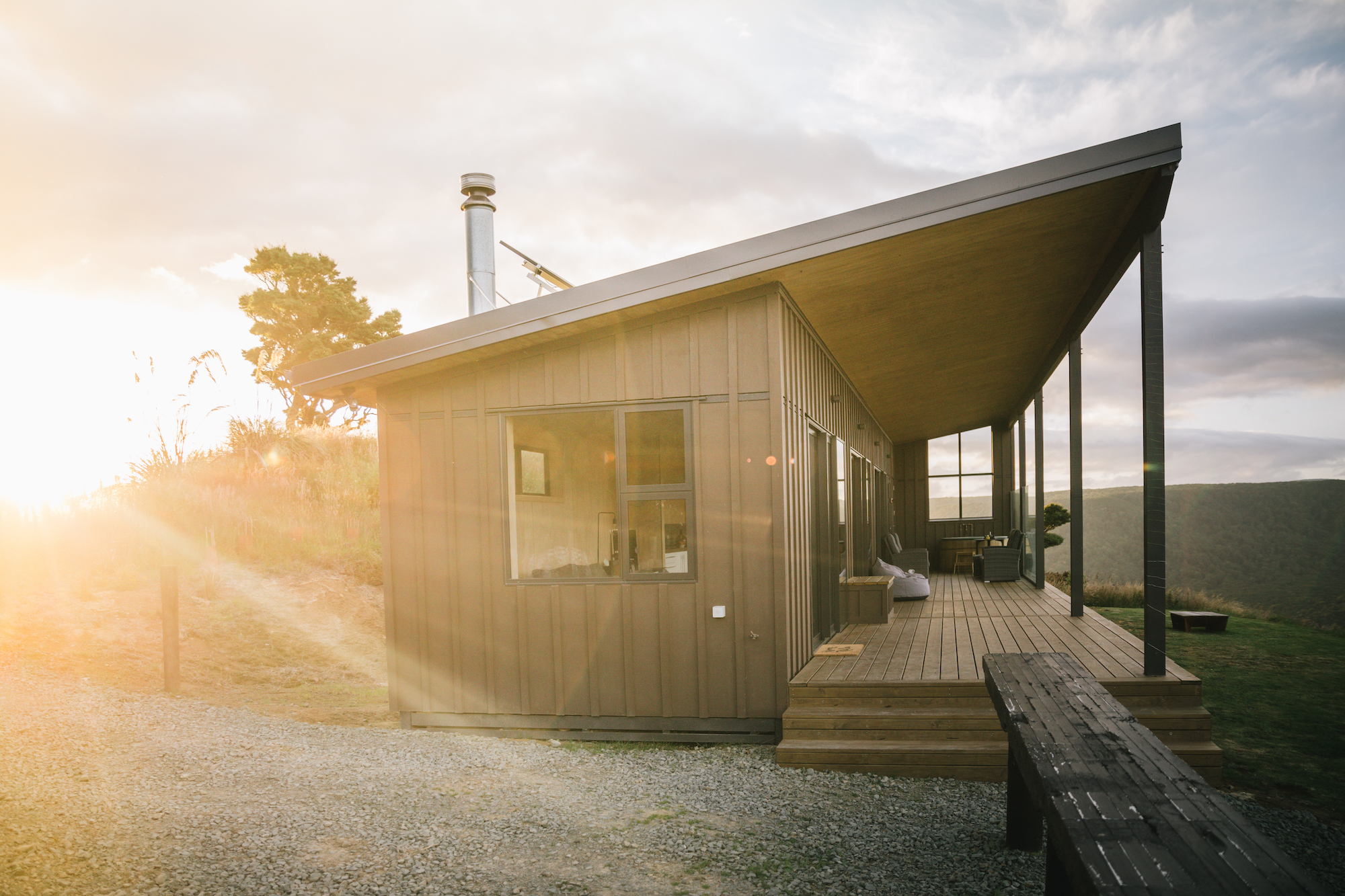
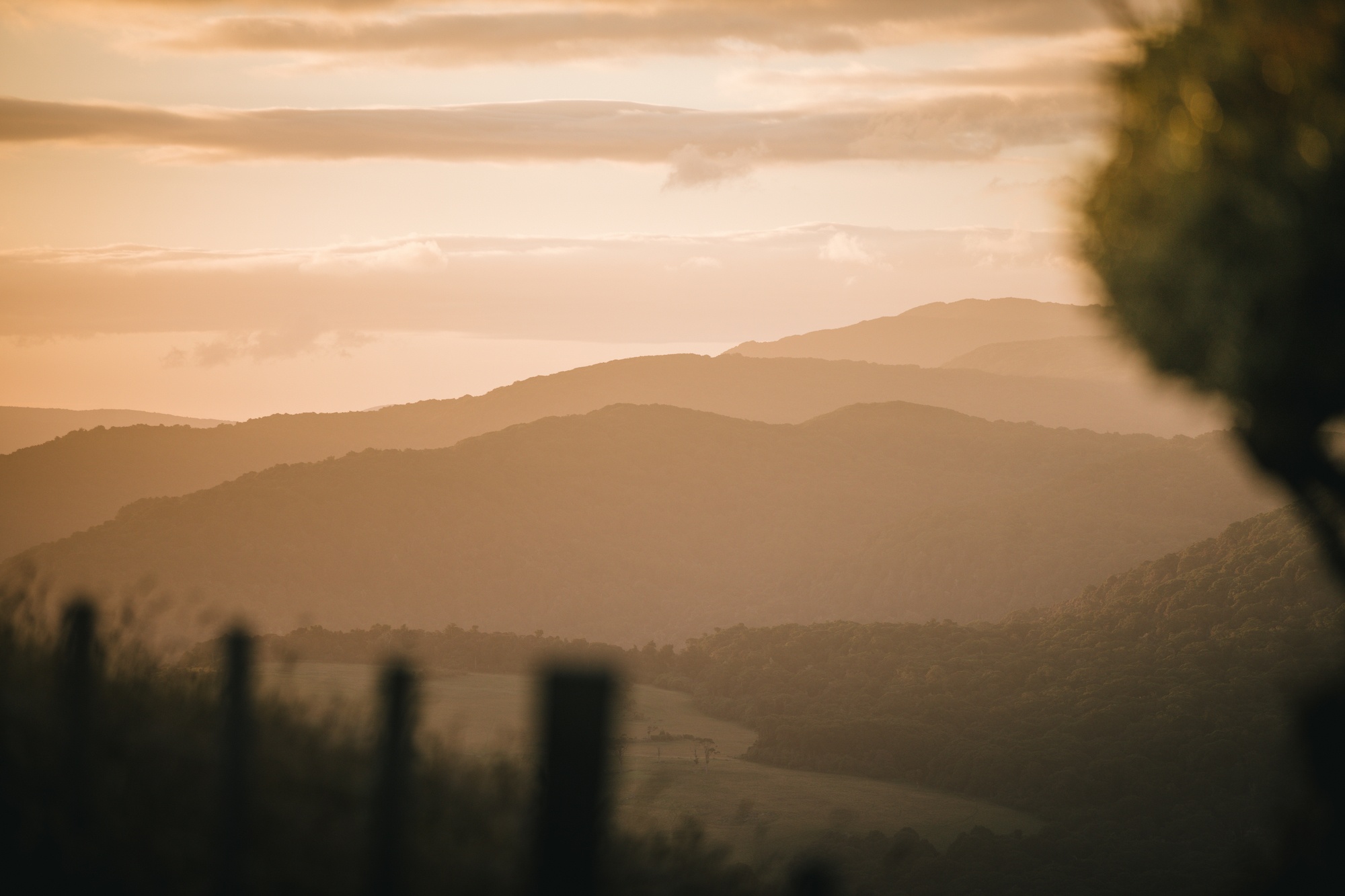
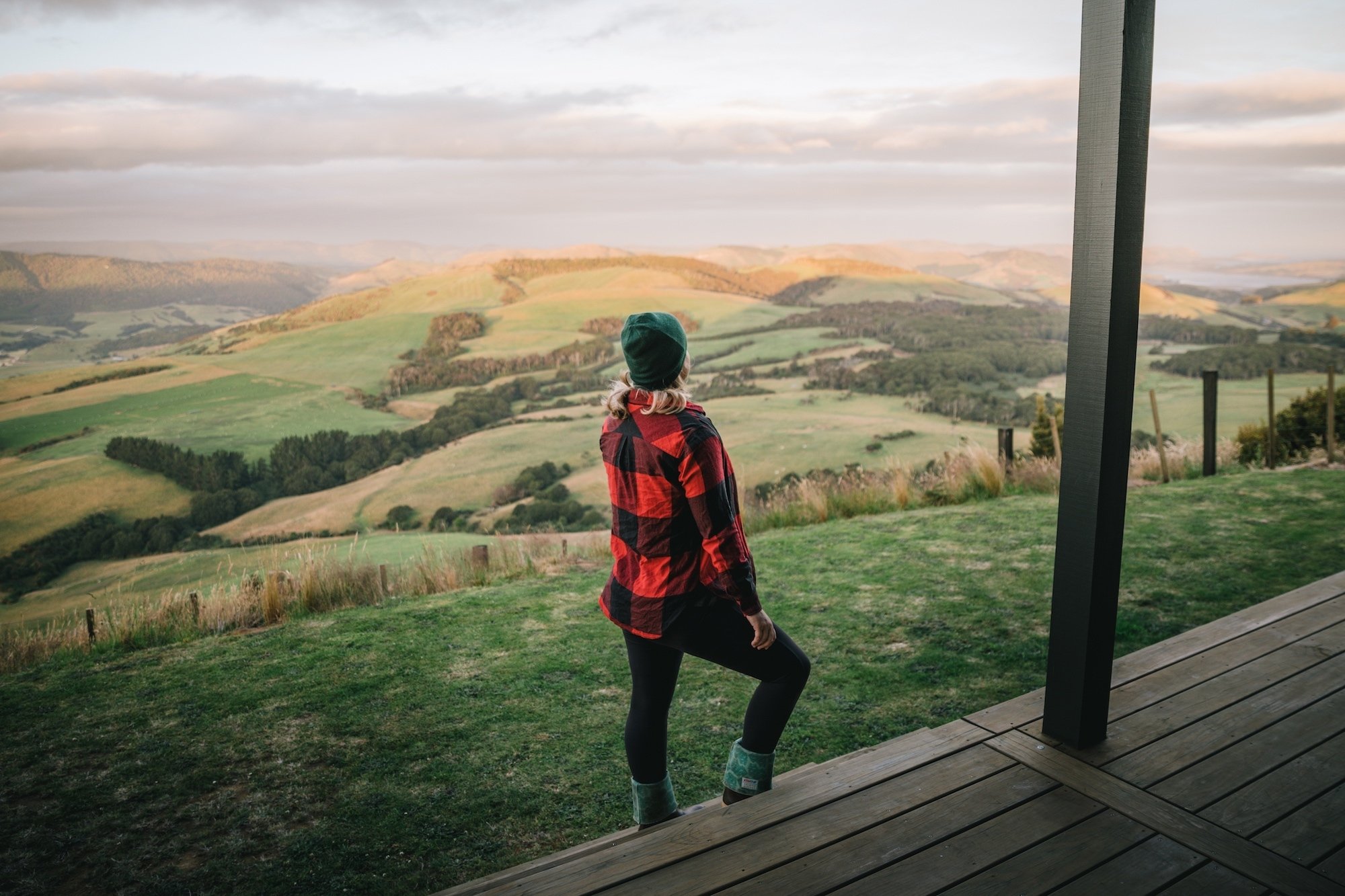
Unlike many places in the Catlins, there’s phone reception and wifi, so it’s super easy to plan to get around. Not that you’re going to want to leave.
Did I mention the outdoor spa on the deck? Heaven. Go for at least two days, but the longer, the better.
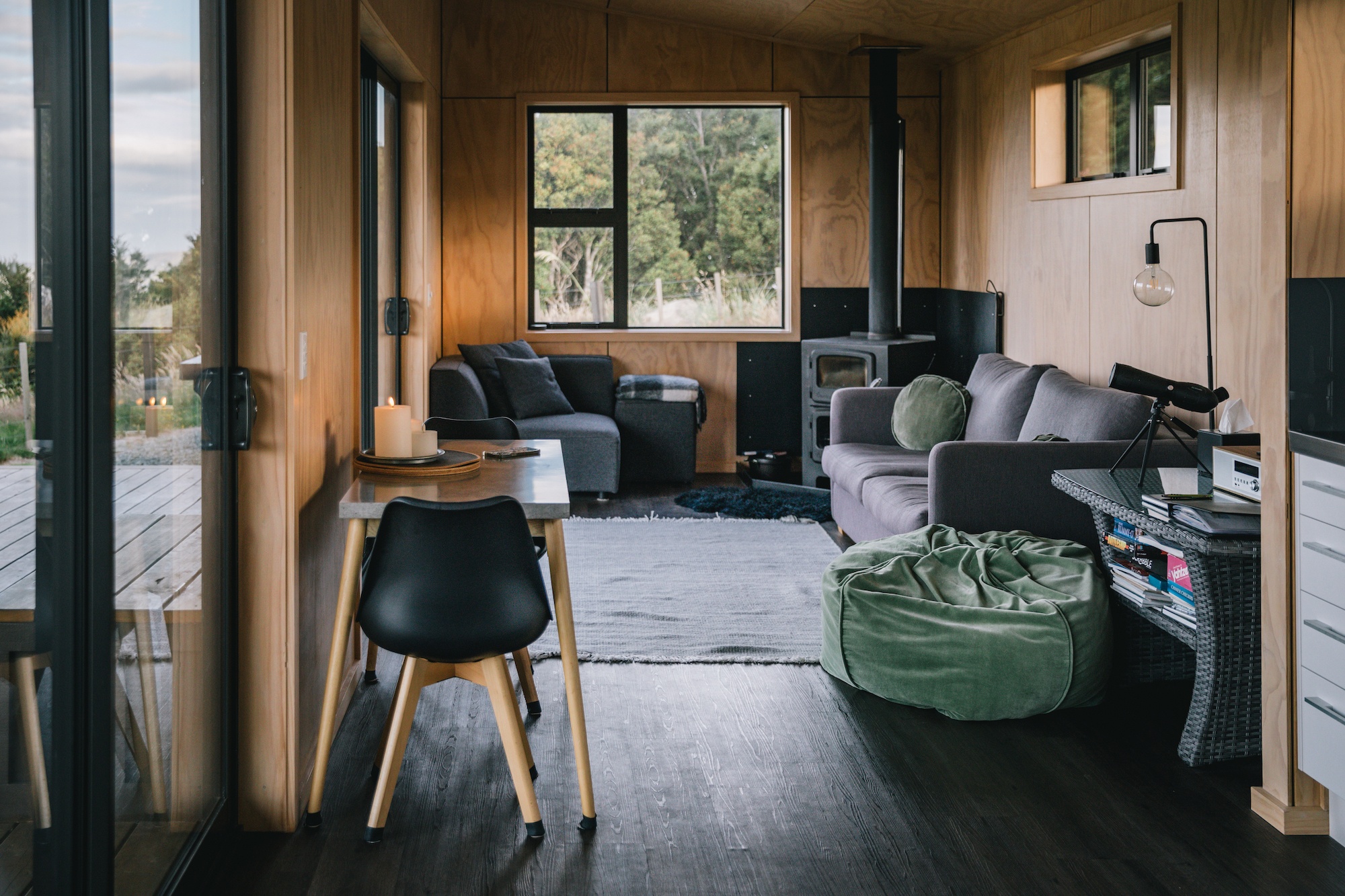
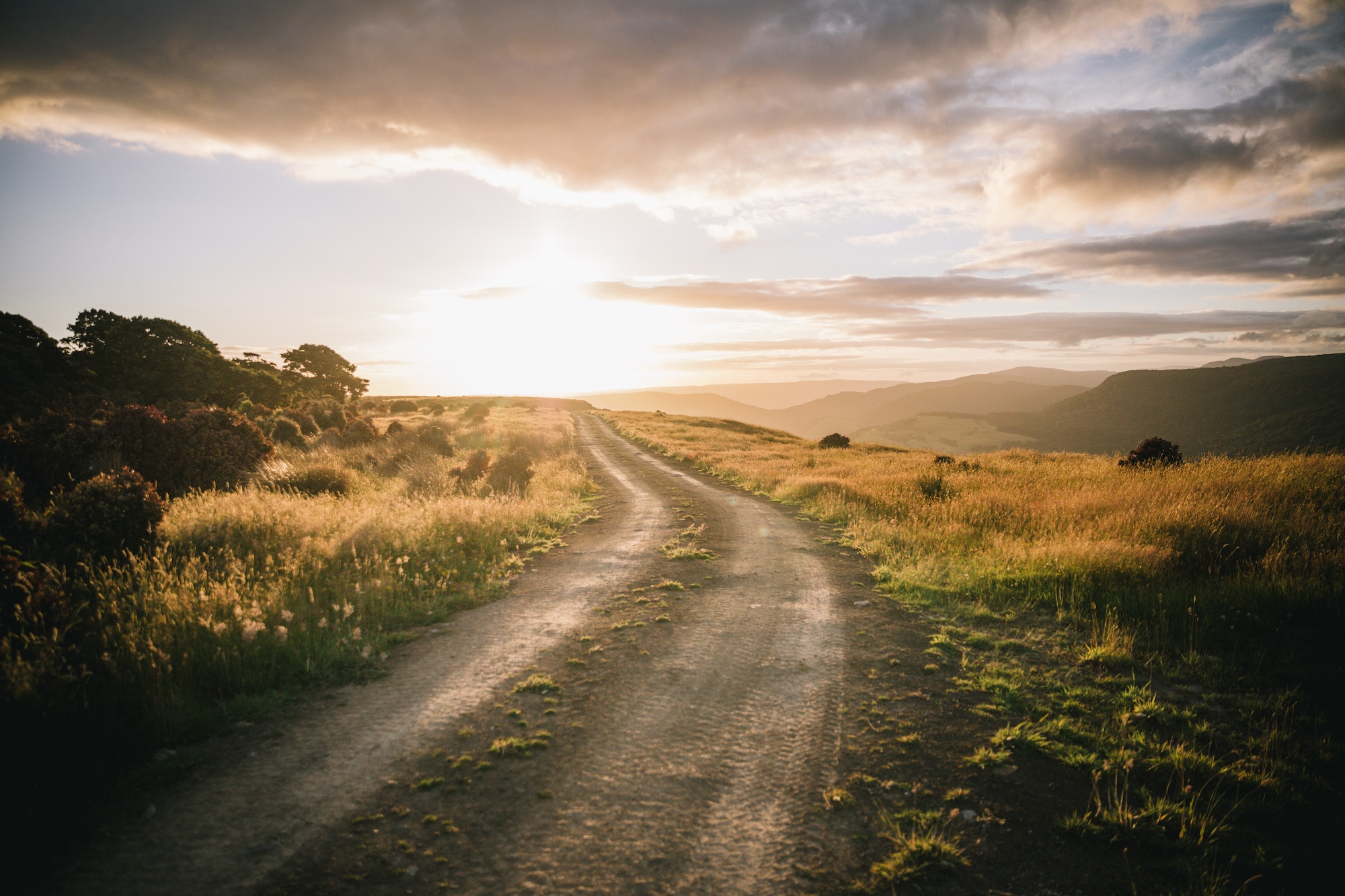

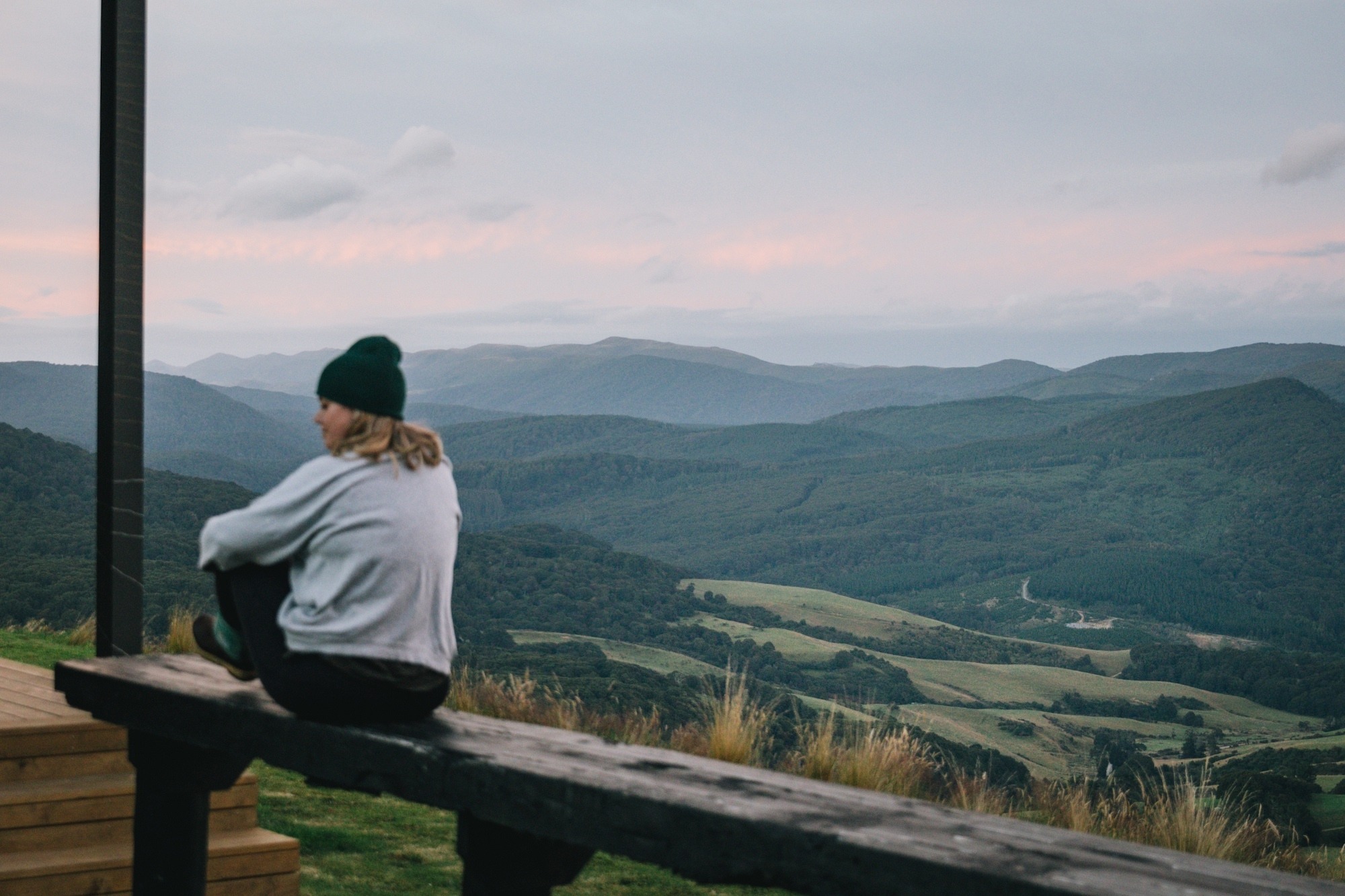
Get up bright and early to look for rare penguins with the fantastic folk at Mohua Park
Another top pick for places to nest while down in the Catlins would have to be Mohua Park, which has super cute eco cottages overlooking the rolling hills of the Catlins. Hidden amongst the bush, it’s like you’re getting away into nature without camping.
Mohua Park offers four kilometers of private natural walking tracks to explore and enjoy.
With a passion for wildlife and looking after the land, Tracy and Mike love the Catlins through and through. There are even QE11 covenants on the land at Mohua Park. They run many conservation and sustainability initiatives at Mohua Park, like trapping pests, saving energy and water, even the building materials, working towards producing zero waste, and replanting native trees.
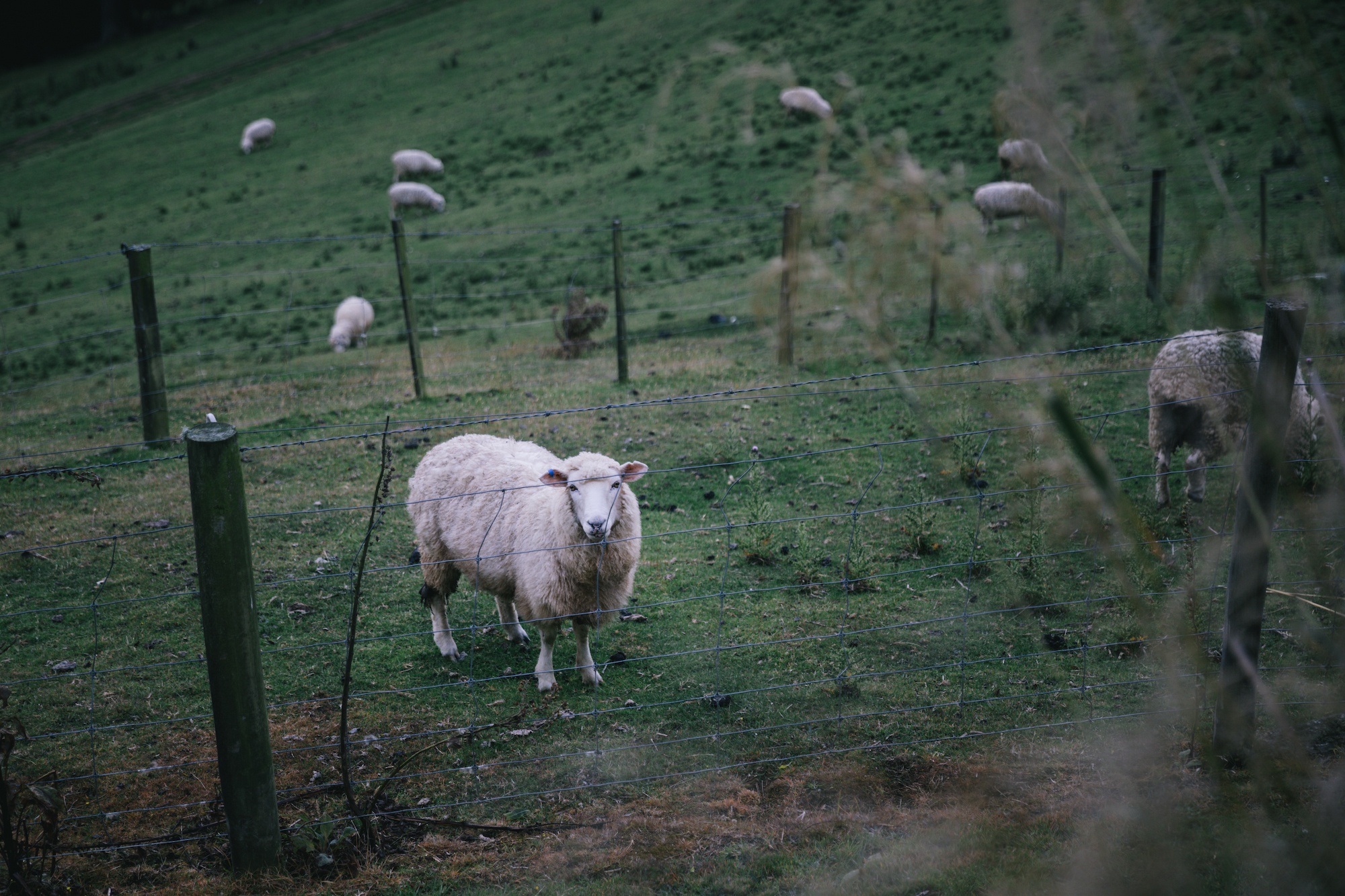
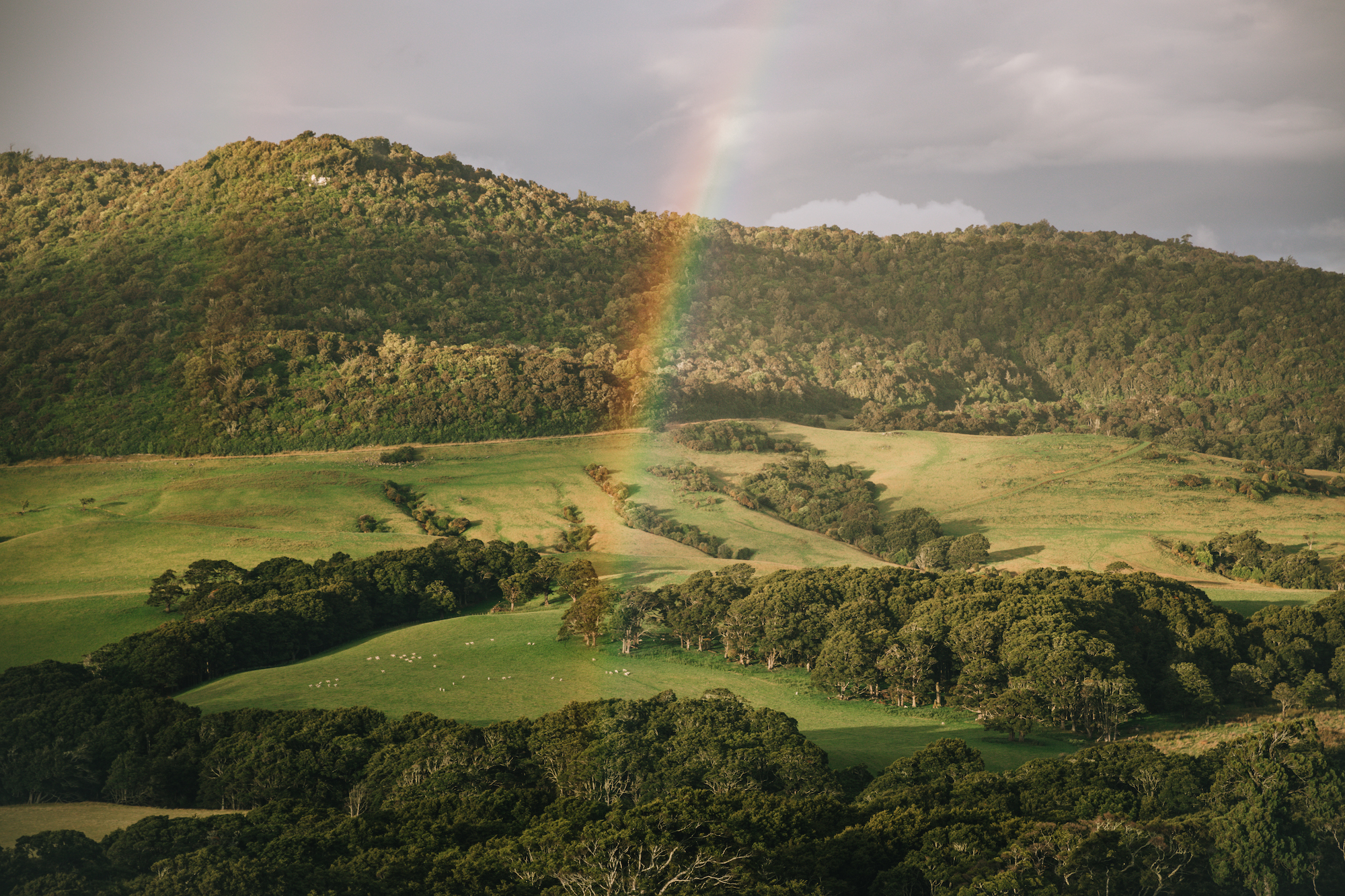
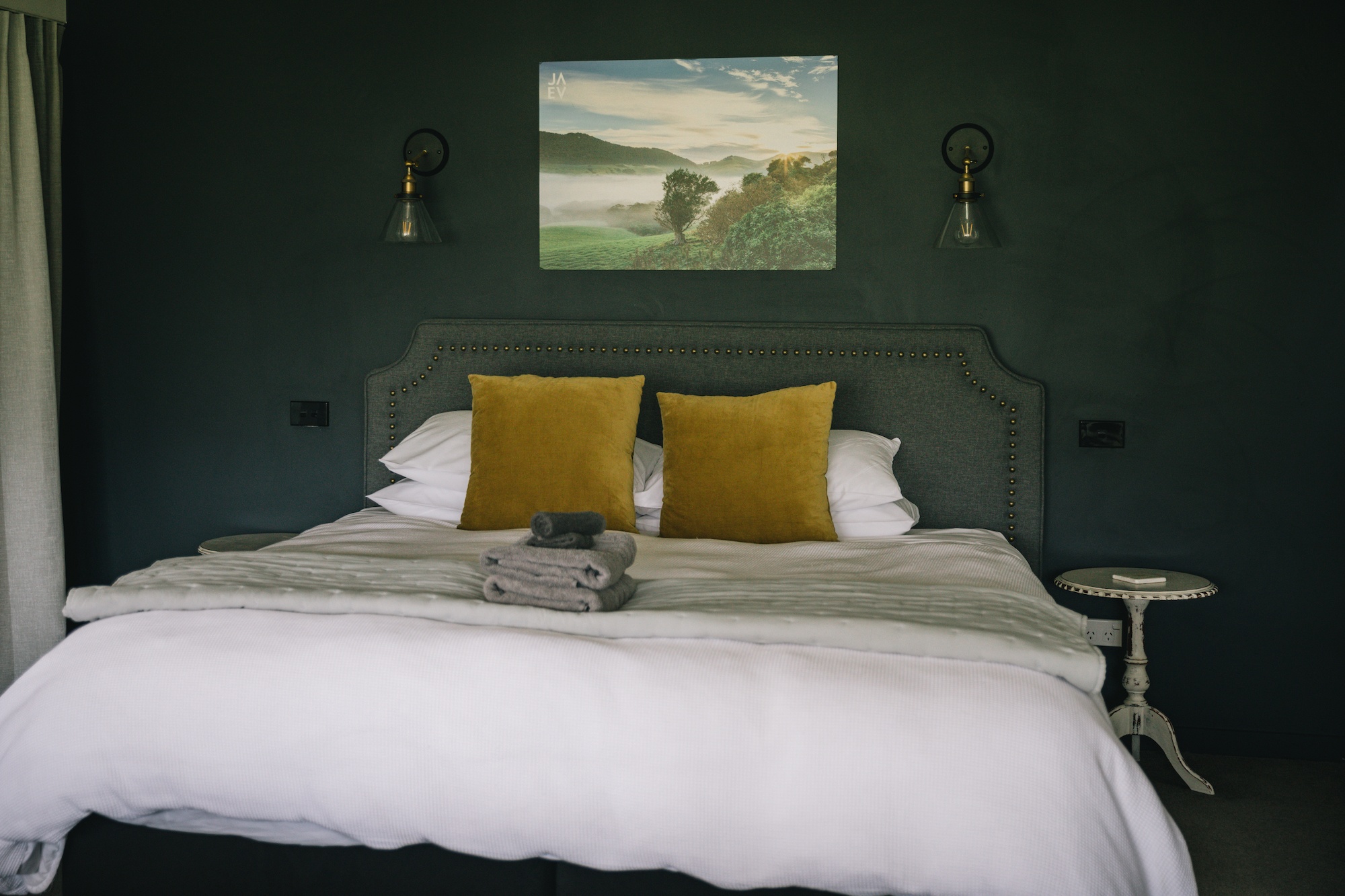
If you get the chance, sign up for one of their sunrise tours to go out to a secret spot to watch for the rare hoiho or yellow-eyed penguin. Considered to be the rarest penguin in the world, the hoiho can be found in the Catlins by those who know where to look.
With only a couple thousand yellow-eyed penguins left in the world, they are considered to be in decline. The main reasons for the declining population are Dogs, human disturbance, climate change, fisheries interactions, predation, and disease. Luckily DOC, Ngāi Tahu, and local trusts have been working hard to protect the hoiho.
This work includes predator control, monitoring their nests, treating them for disease and injury, intervening to prevent starvation, and restoring their native habitats.
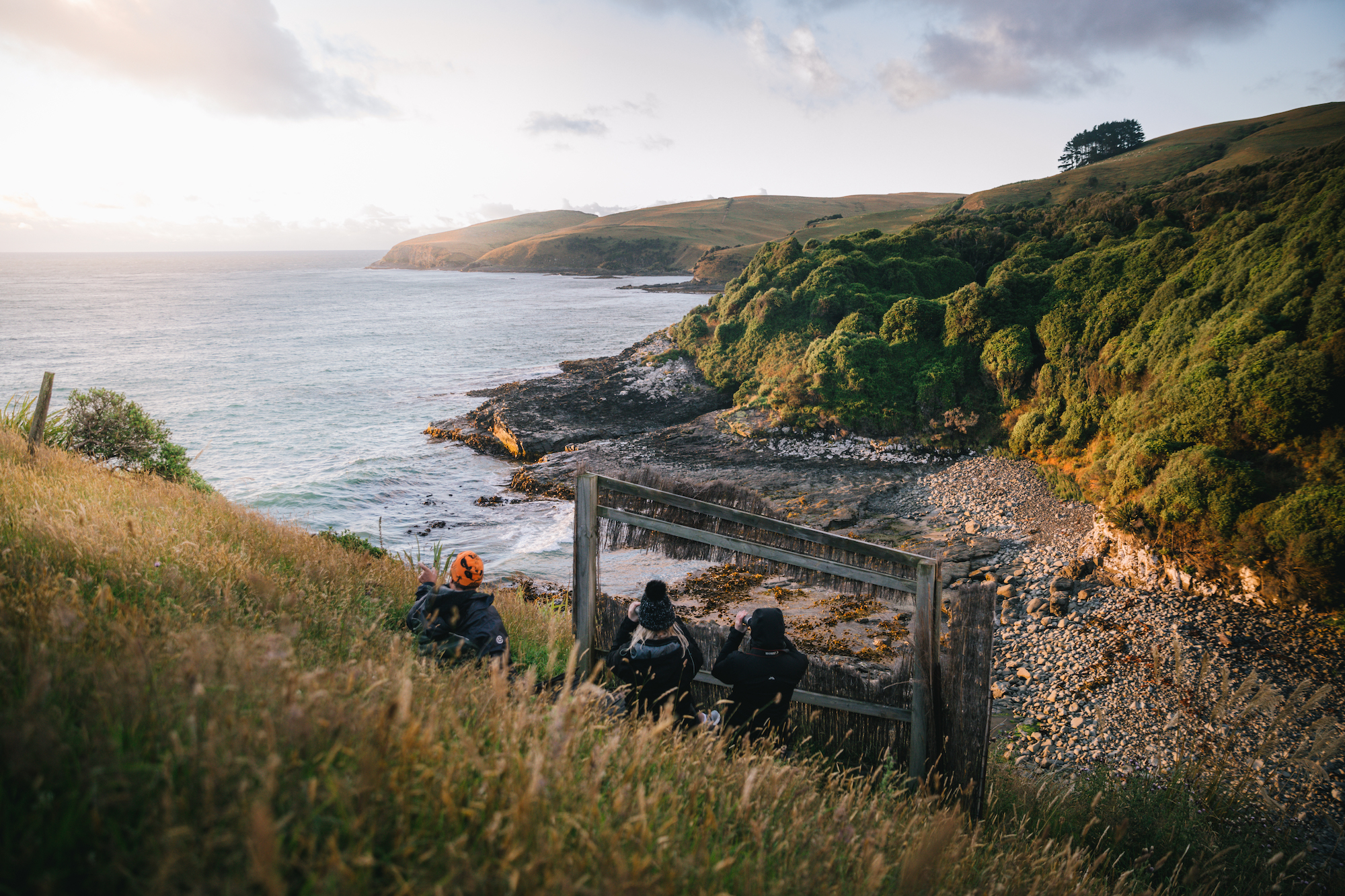
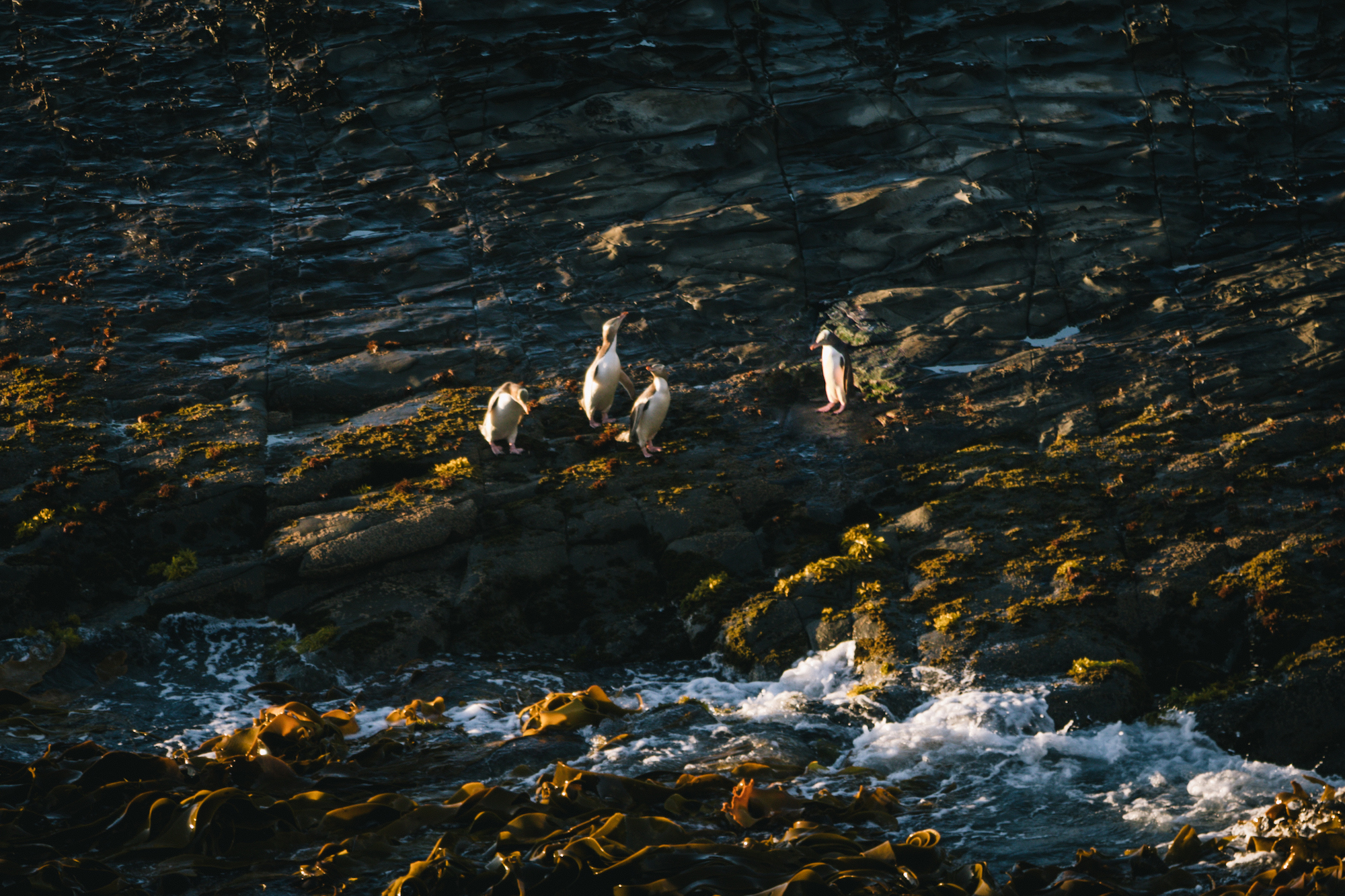
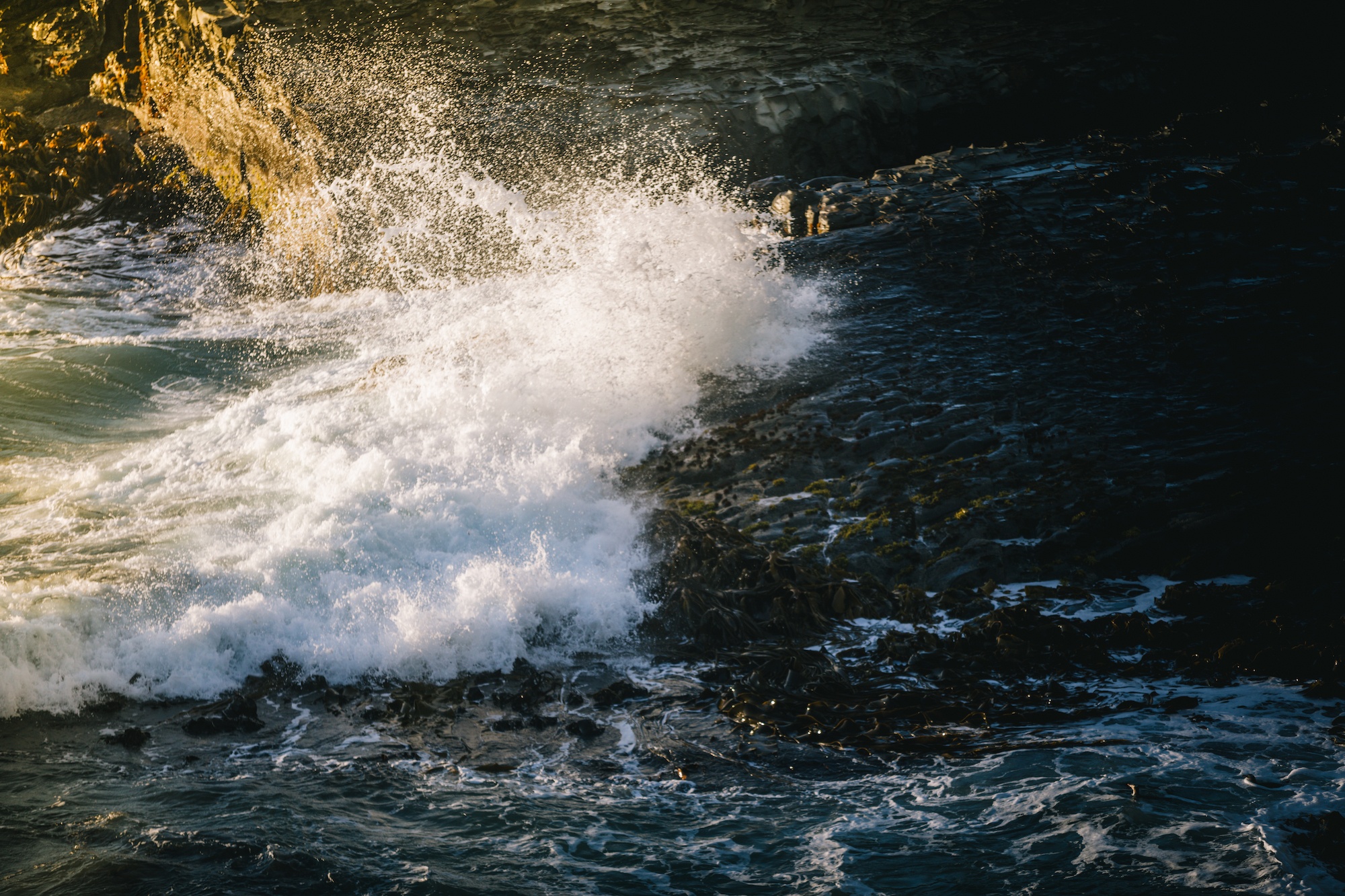
Chase some waterfalls
For me, I always think of the Catlins as the land of waterfalls and rainbows. Both can be found in abundance here.
This past summer was one of the driest summers I can remember here in New Zealand. Down in the Catlins, the waterfalls had shrunk compared to their usual thundering falls. Nevertheless, they’re just as beautiful, and it meant you could get up close and personal with them.
The showstopper of waterfalls in the Catlins is definitely Purakaunui Falls, an iconic three-tiered waterfall that you will likely recognize from Instagram. McLean Falls, Matai Falls, and Koropuku Falls are others that are just as beautiful.
Visit the most famous lighthouse in New Zealand at Nugget Point
Along with the waterfalls and yellow-eyed penguins, Nugget Point is likely the other top contender for Catlins must-dos. A wildlife reserve looked after by DOC; the views are just incredible. An easy and flat walk will lead you out to the headlands from the carpark. There are excellent views along the entire walk. If you pause to look down, you’ll see many fur seals playing in the surf, their barks echoing in the wind.
With its precarious position and good location, you can often spot many of our iconic seabirds here, from tītī, penguins, gannets, and even royal spoonbills. Roaring Bay is home to a few pairs of yellow-eyed penguins on the south coast of the tip of Nugget Point. The best time to see them is in the late afternoon from a hide when they come back from being at sea all day feeding.
Like so many places in New Zealand, the English names are just about as lazy as you can get. This steep headland has a lighthouse at its tip, surrounded by rocky islets, aka the Nuggets. Otago was famous for its gold rush a century ago; I suppose the rocks reminded people of gold nuggets, including Captain Cook, who named them long before settlers arrived. In Māori it’s known as Tokatā.
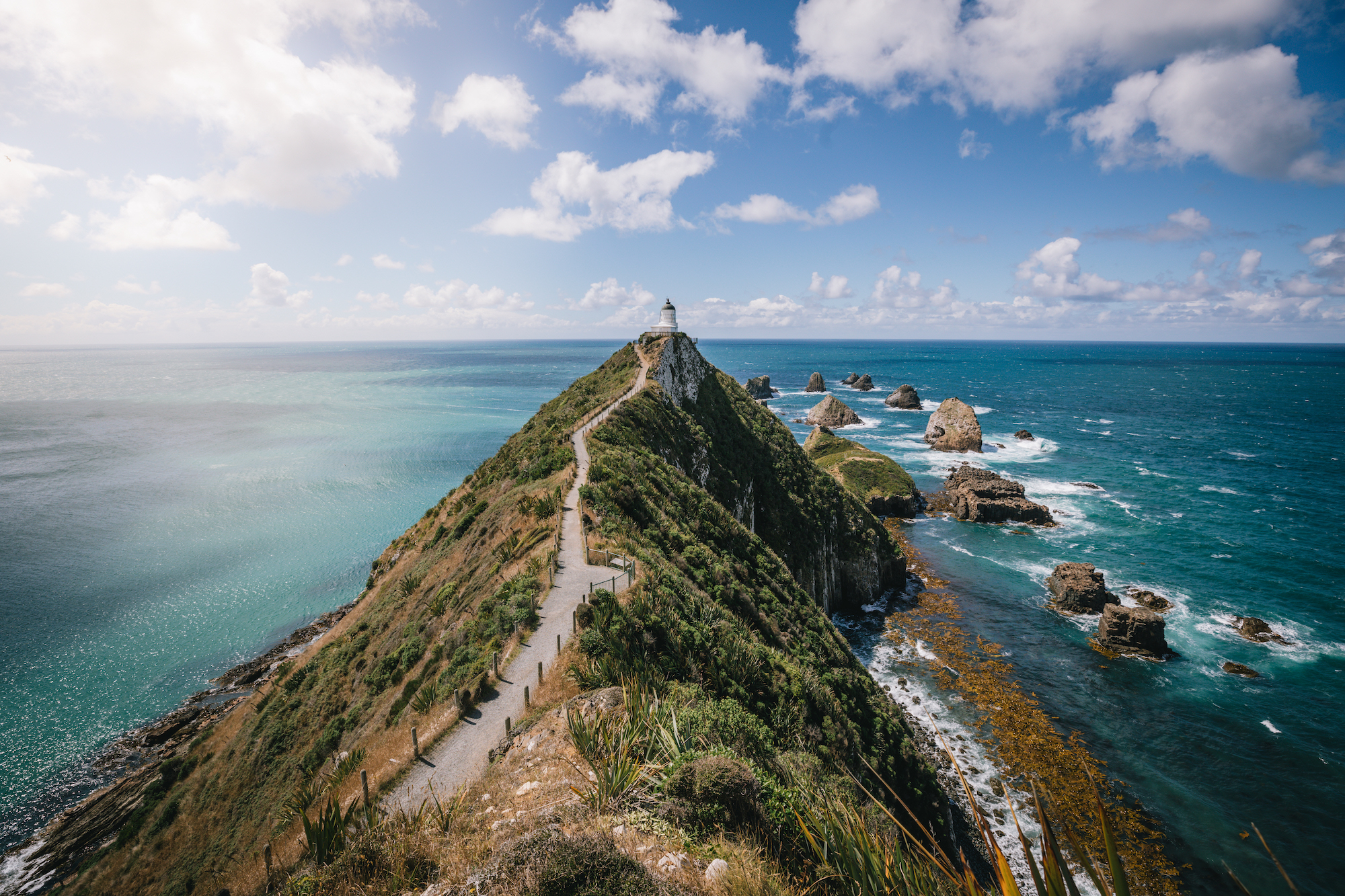
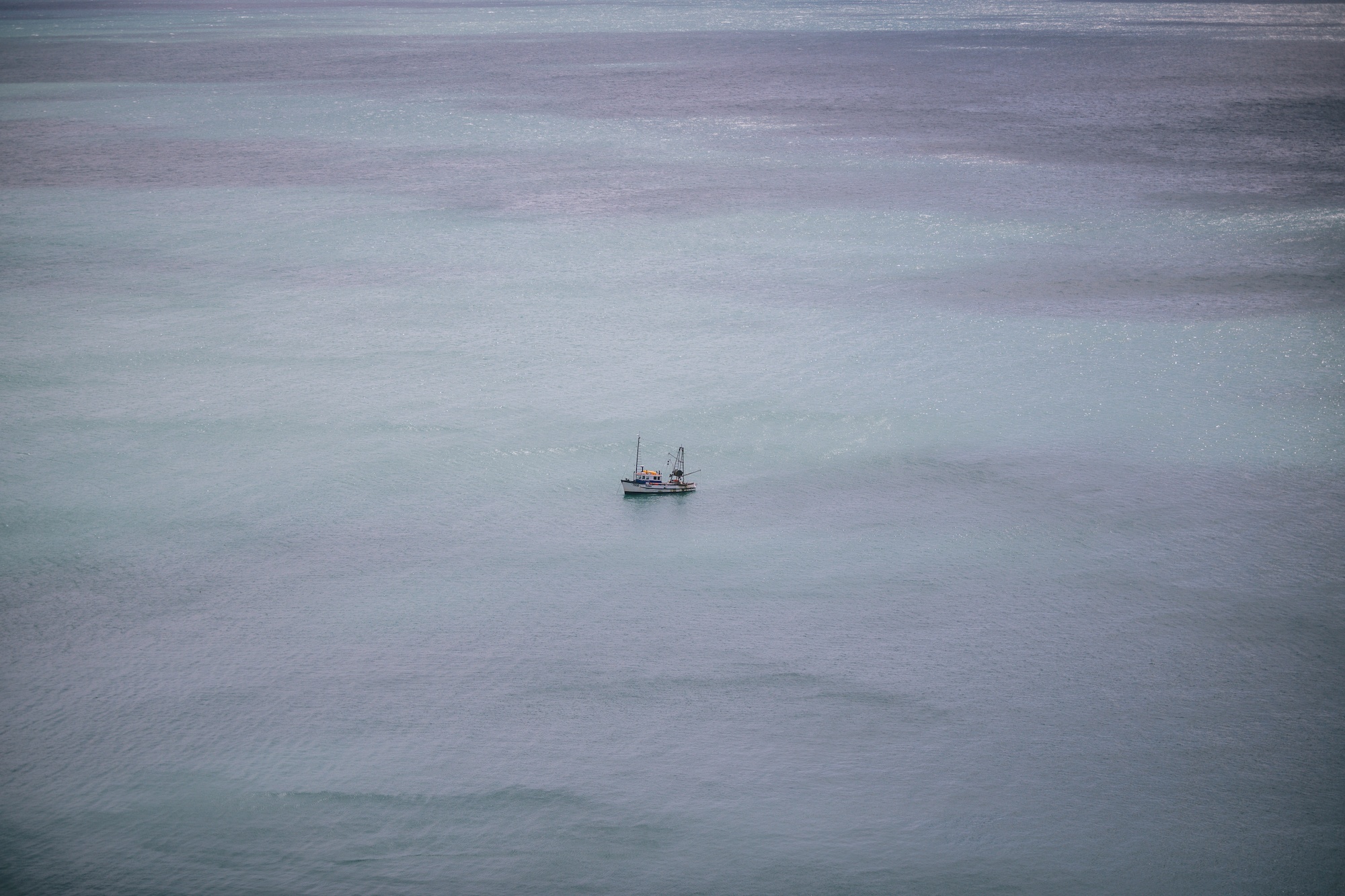
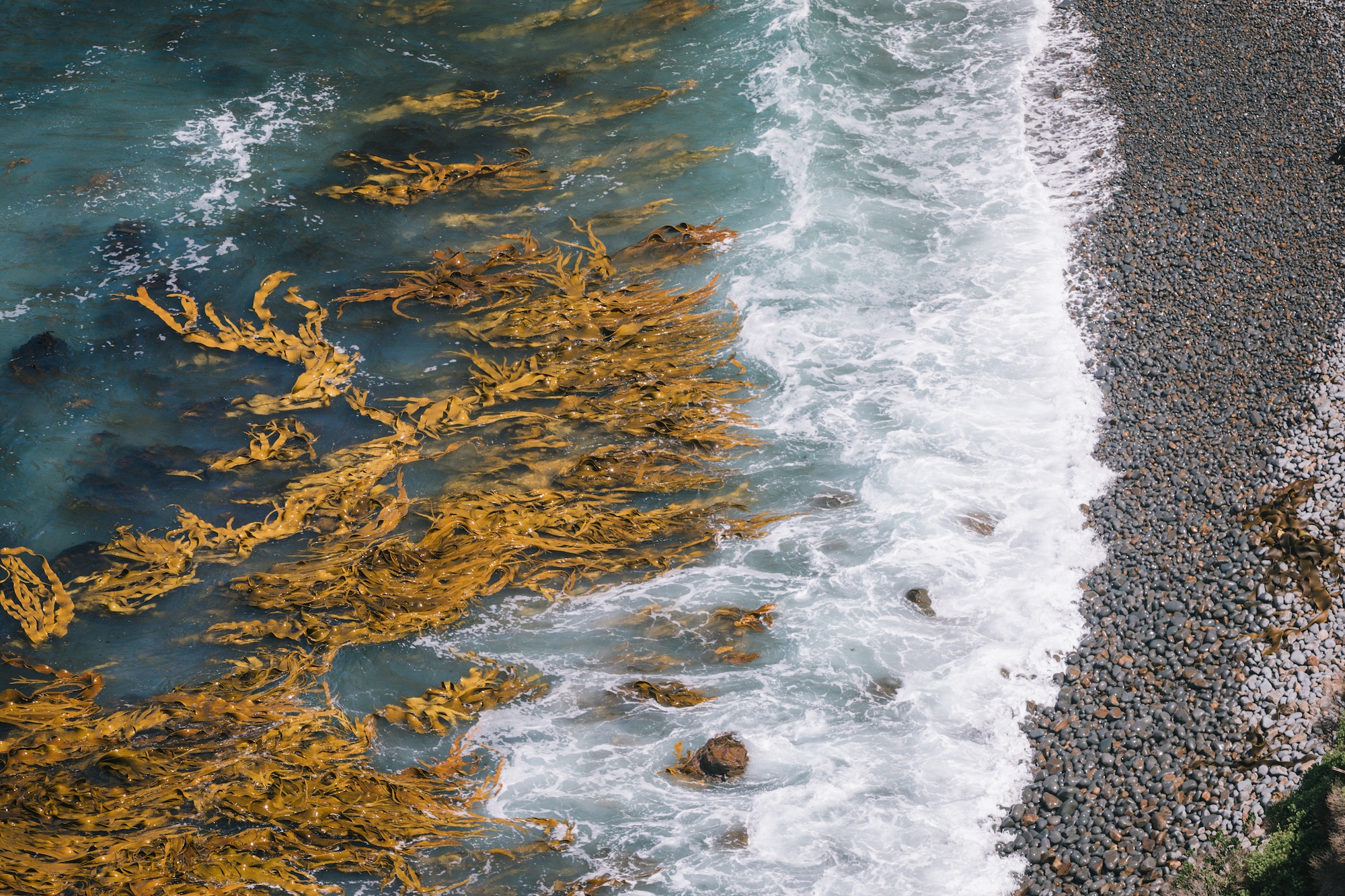
Shipping has found the Catlins coast notoriously precarious. Those big Antarctic southerly winds also bring some big swells. Many shipwrecks have occurred on the headlands sticking out into the ocean. The lighthouse at Nugget Point was constructed in 1869 to protect the boats working around the wild Otago coastline.
Sitting at meters above sea level, the lighthouse was built from local stone and stands just under ten meters tall. First illuminated by an oil burner, then diesel-generated electricity to central power, it was finally automated in 1989.
Nowadays, while people flock to the lighthouse, they’re coming more for the views beyond it, which are spectacular.
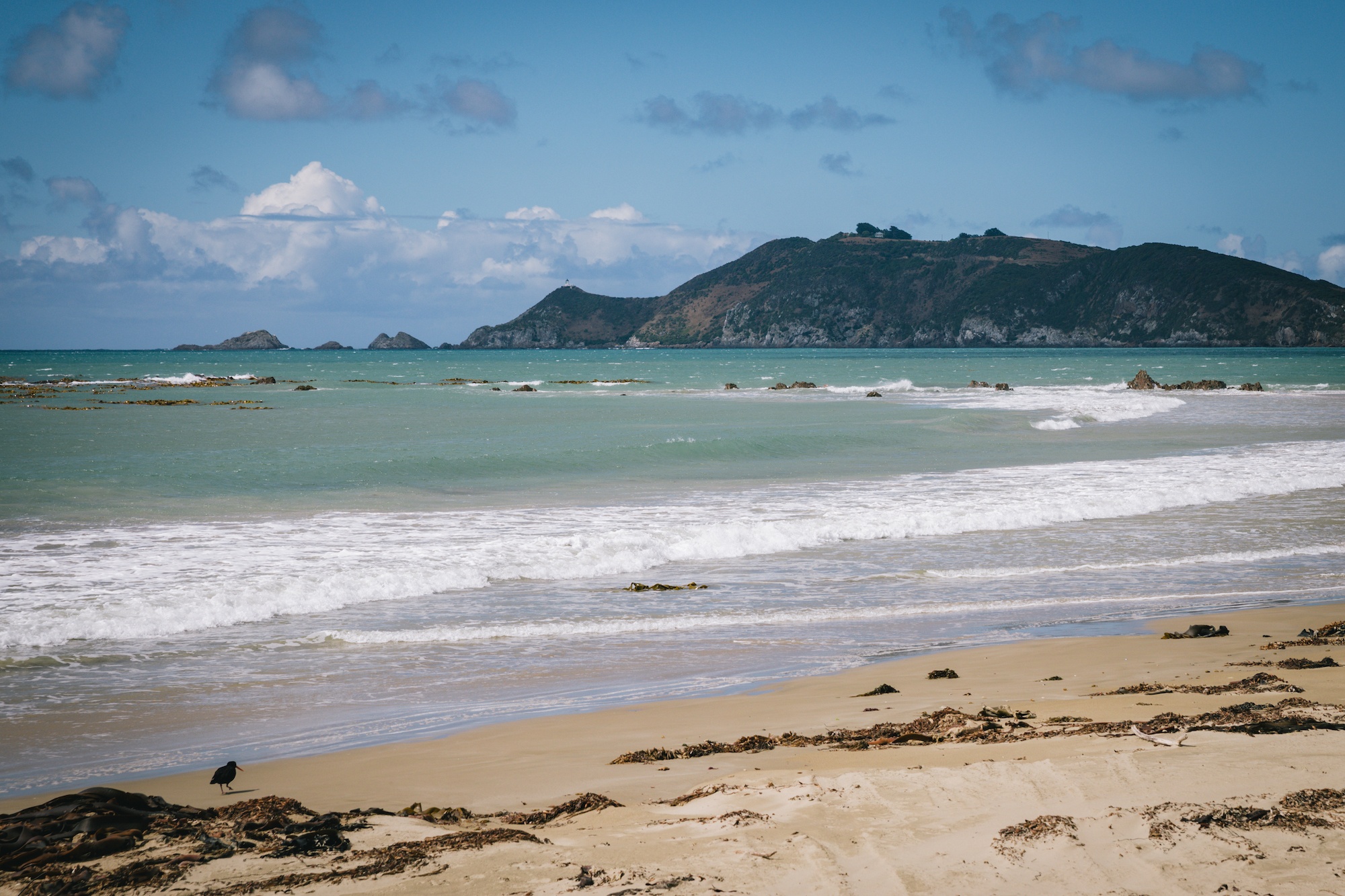
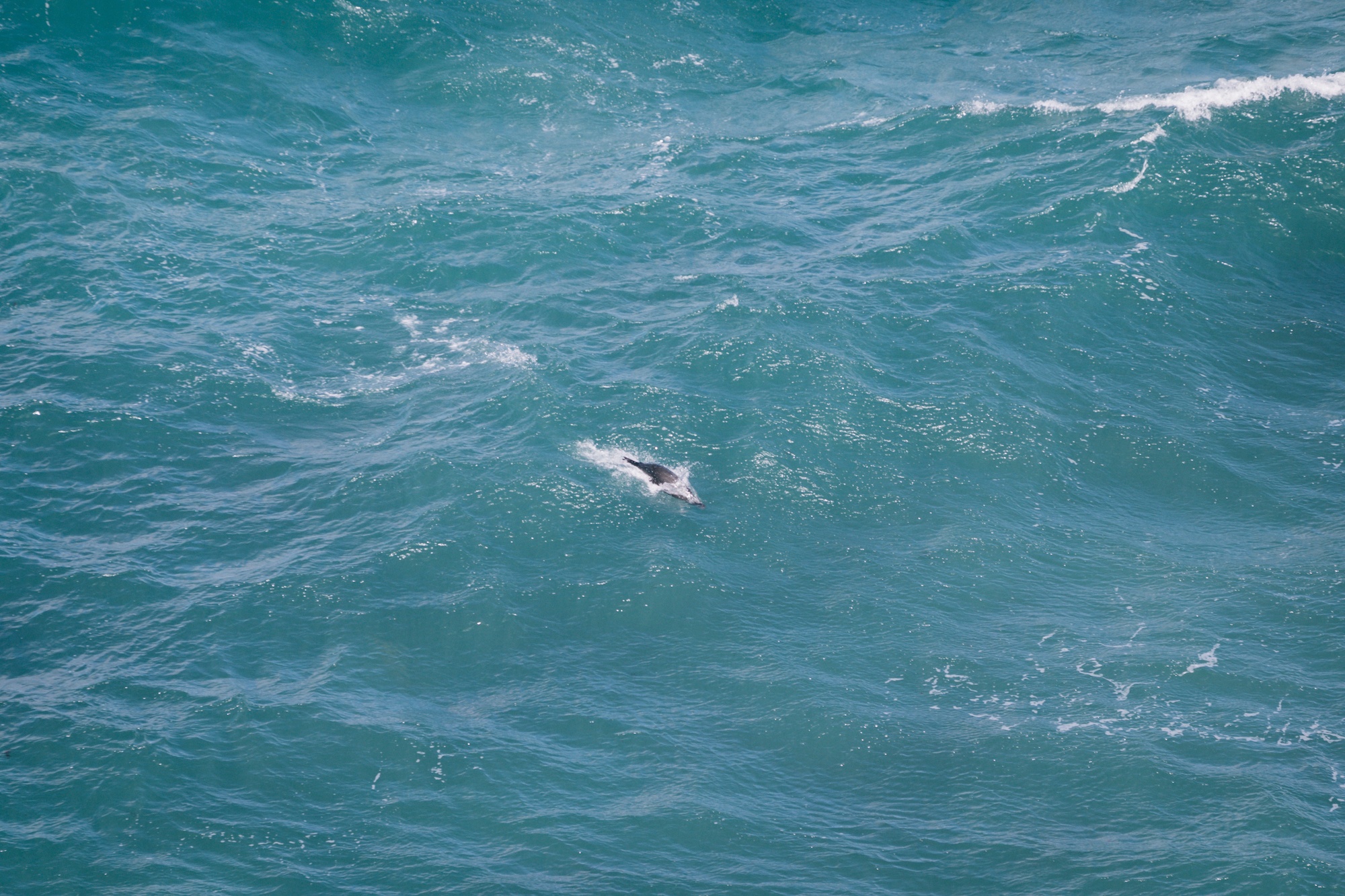
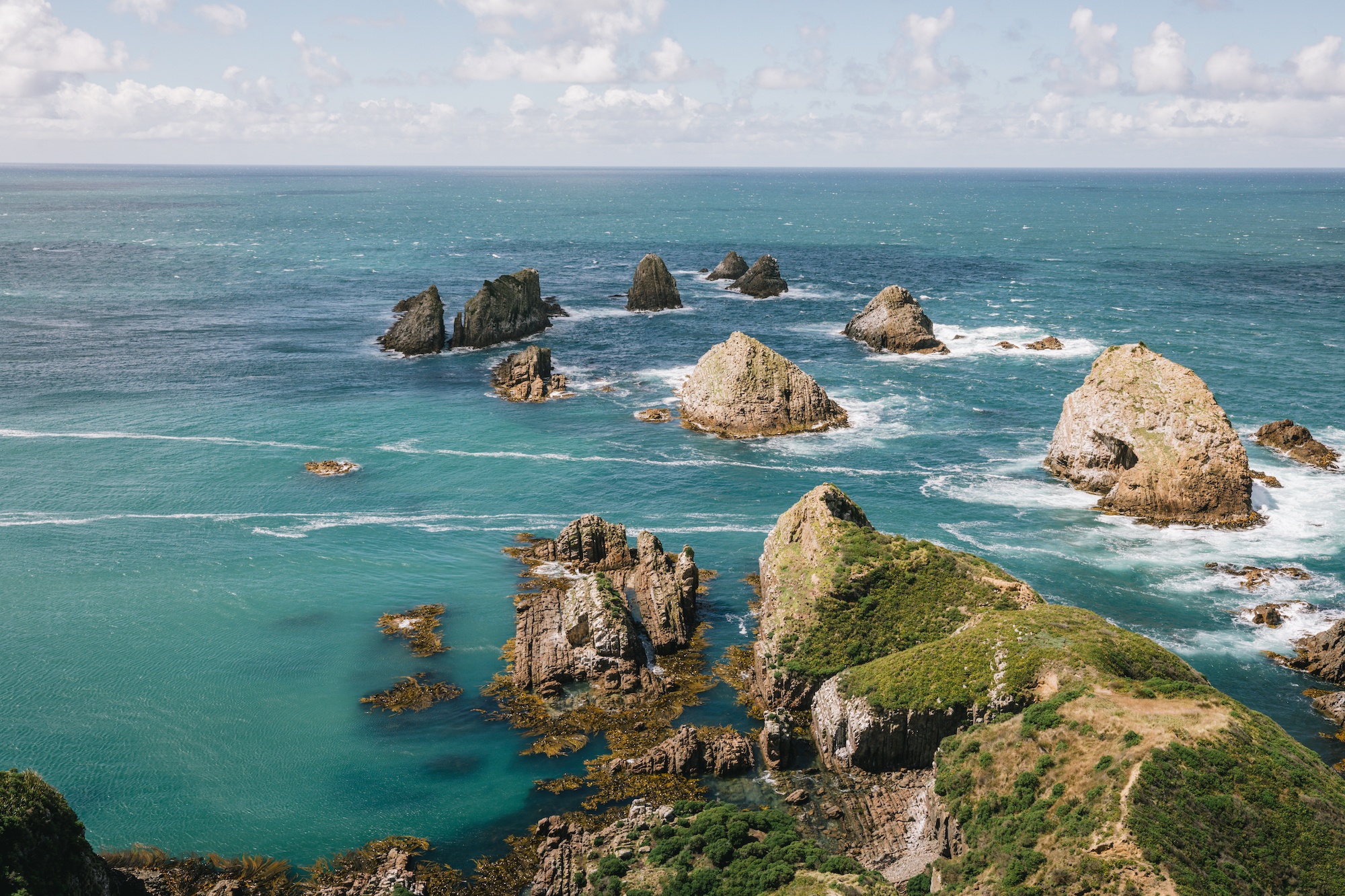
Go for a forest walk
When people think of the Catlins, they often think of the sea. I totally get it; the Catlins coastline is marvelous.
But if you ask me, I love the inland forest here. So much of the native forests have long been cleared on the South Island to make way for wide-scale farming. This area is now home to the largest expanse of native forest left on the South Island’s east coast. The forests of the Catlins were one of the last places where the giant flightless bird, the moa, called home. In legend, the maeroero (wild giants) inhabited the Catlins’ forests further inland. Even today, it evokes a feeling of mysticism here.
Large and ancient podocarps (hardwoods) such as rimu, matai, totara, and kahikatea decorate the lower parts of the Catlins. One of my favorite forest walks in the Catlins is around Lake Wilkie, a bog/swamp home to many native trees and birds.
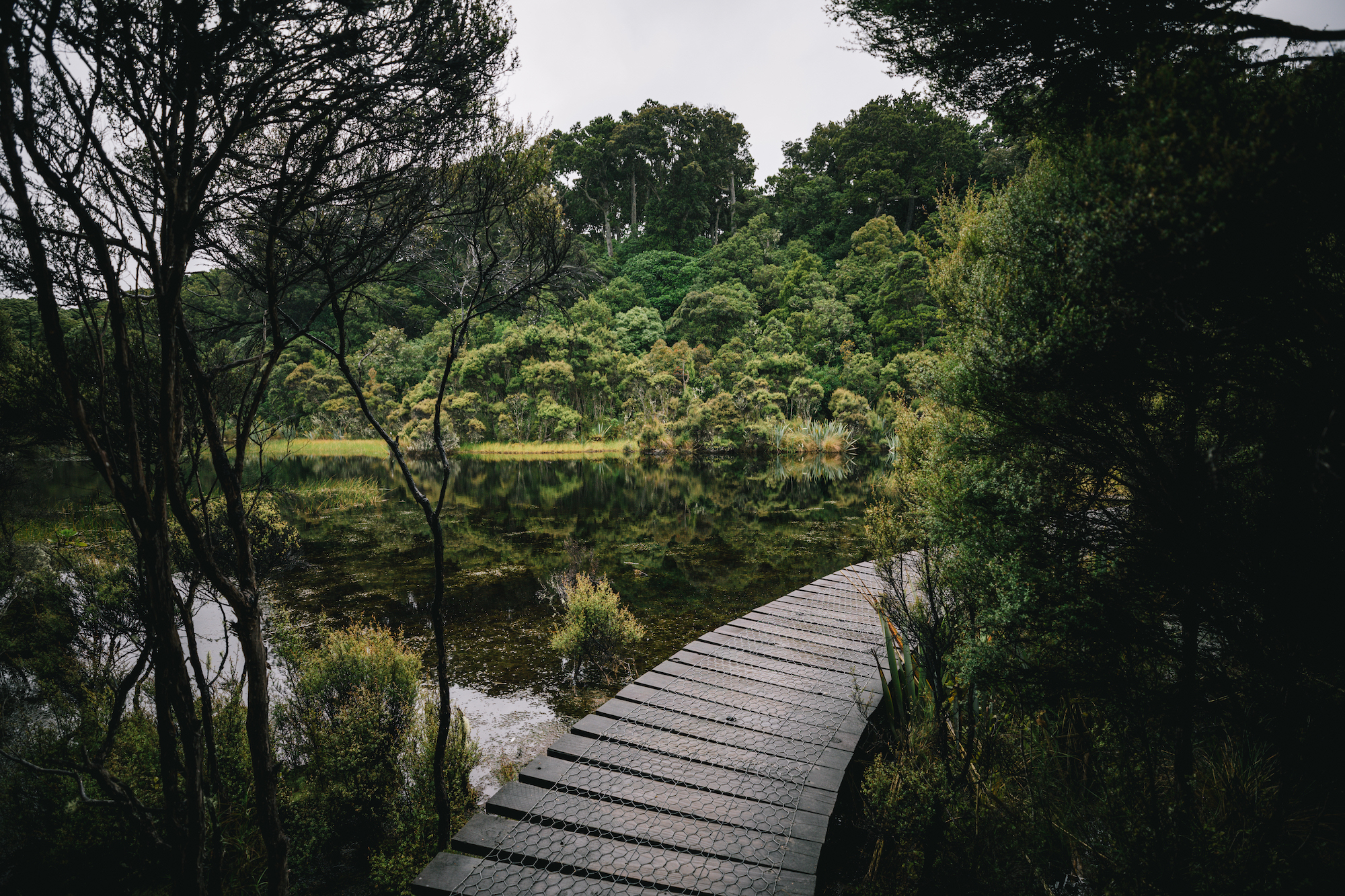
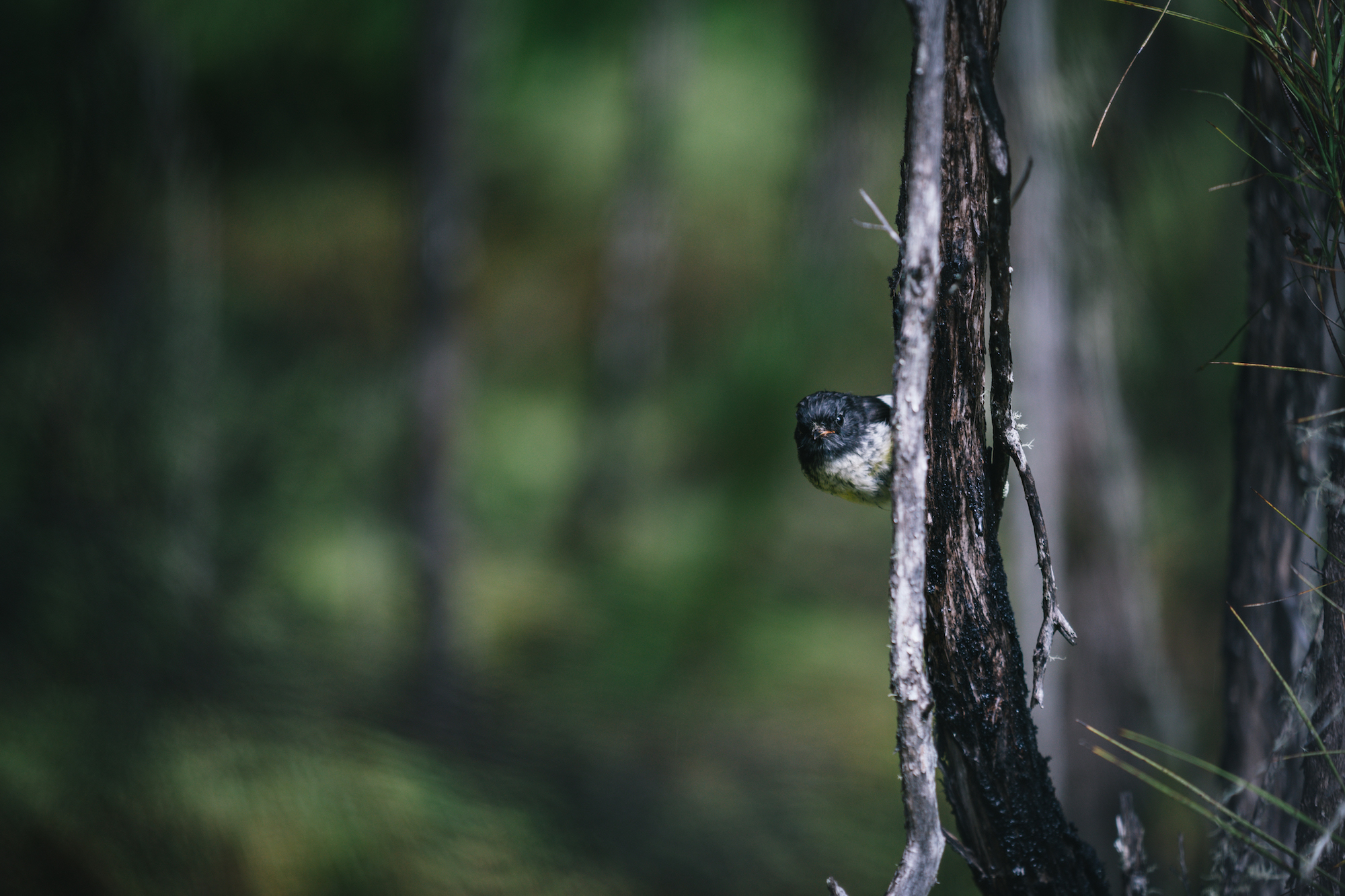
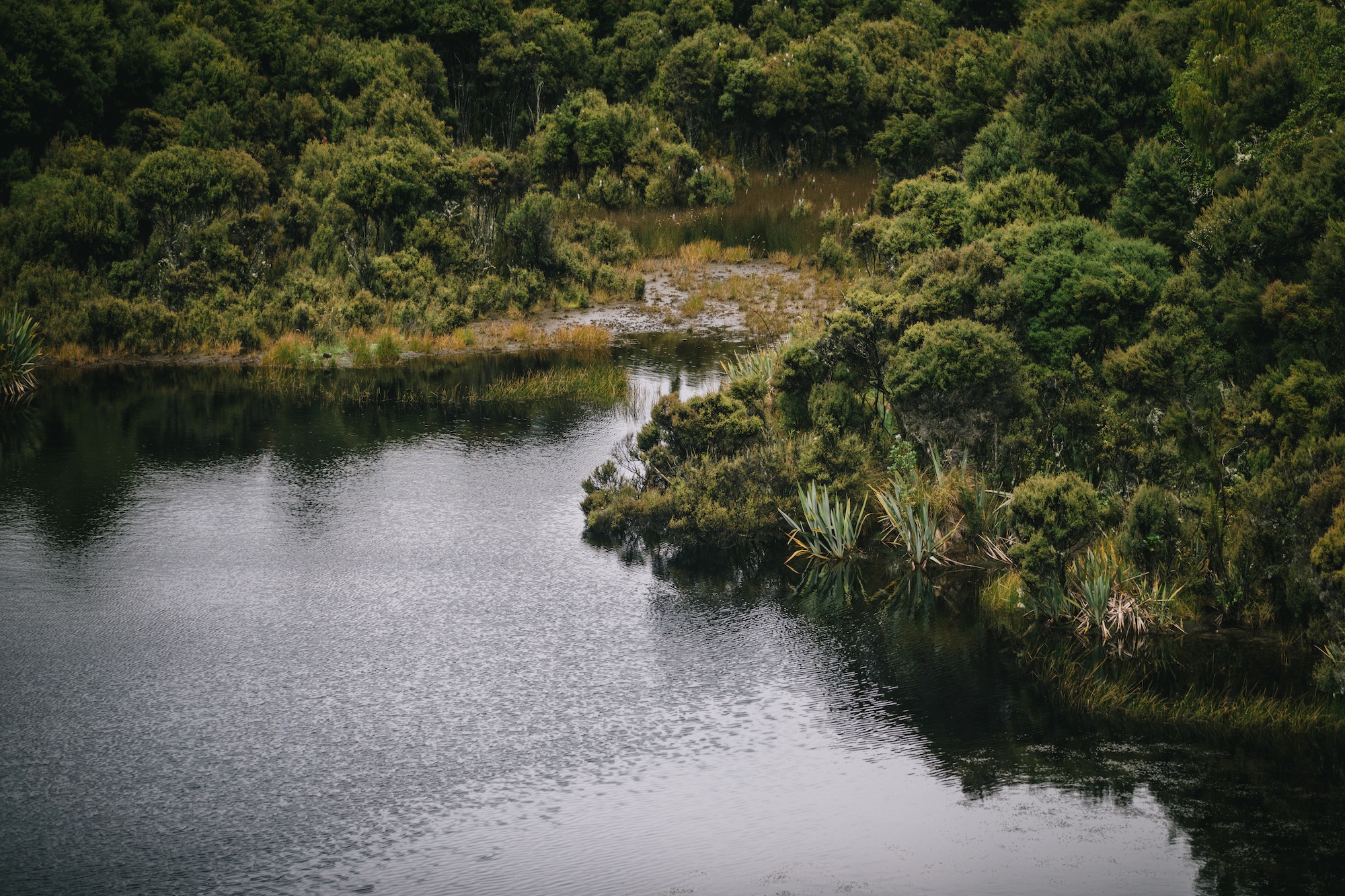
Check out the sea lions at Cannibal Bay
One of my favorite places to look for the large lumbering sea lions that call the Catlins home is at Cannibal Bay. Another candidate for a PC name change, Cannibal Bay, is located down eight kilometers of gravel road. Beautiful white sand meets gorgeous blue water, but it’s not particularly inviting for a swim unless you feel like swimming with the sea lions.
At the far end of Cannibal Bay, you’ll find a track leading over the dunes to Surat Bay. Sea lions are common in both places; just don’t get too close. The general rule is 20 meters distance. Keep an eye out for them; they like to lounge even up in the dunes and cover themselves with sand.
They’re surprisingly fast, considering their size. I know from experience.
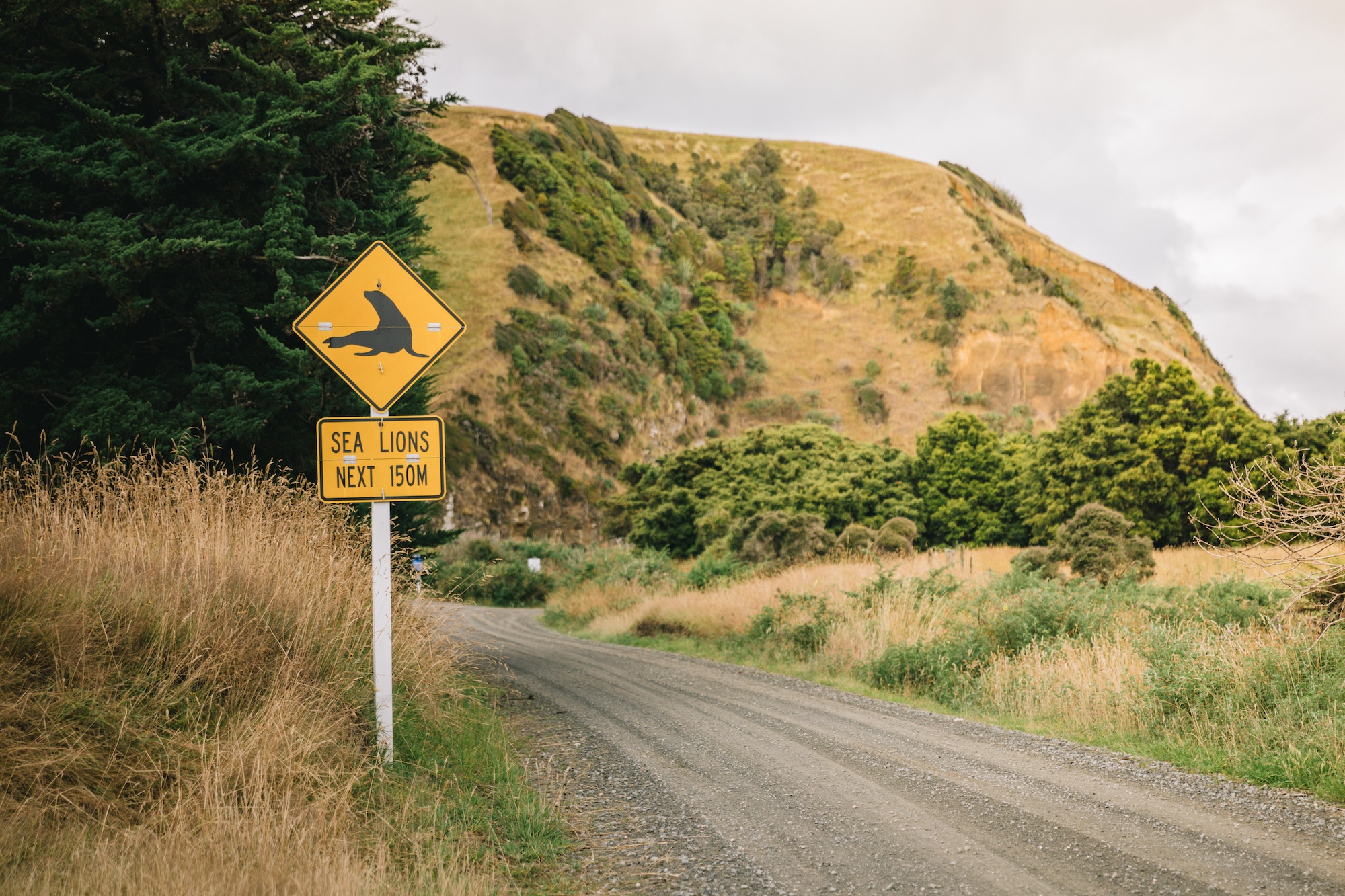
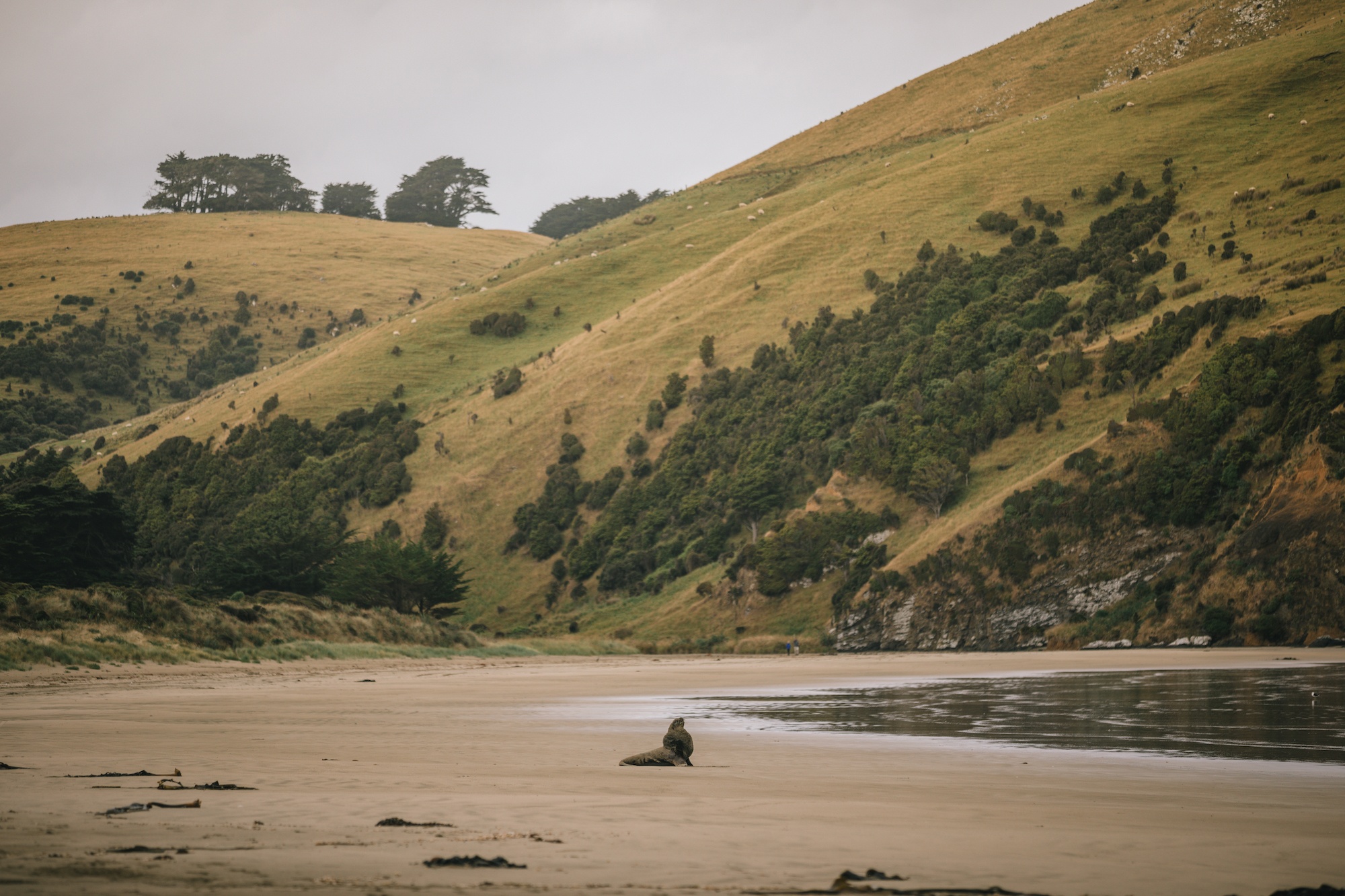
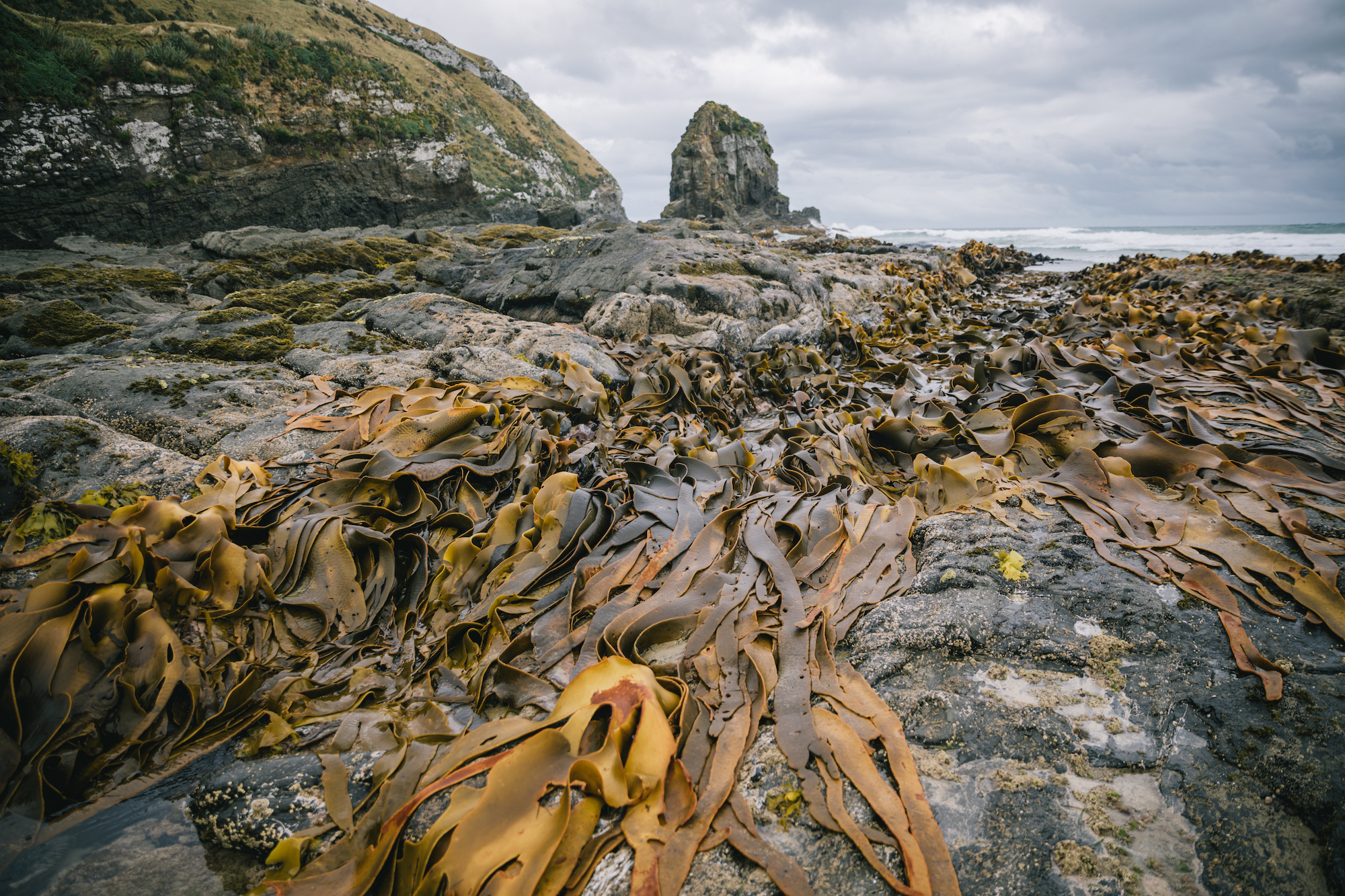
The Catlins is a place in New Zealand I don’t think I’ll ever tire of visiting. The Catlins are beautiful in the sunshine and beautiful in the rain. It doesn’t matter the weather or time of year. It’s always special down this way.
From the lovely long beaches to the uncrowded forests, the ancient fossils, and unique wildlife, the Catlins beckons all those who enjoy and appreciate nature. Southland is home to so many epic adventures; just make sure you put the Catlins on the list!
Have you ever been to the Catlins? Do you have a place you like to go to by the seaside to unwind? Share!
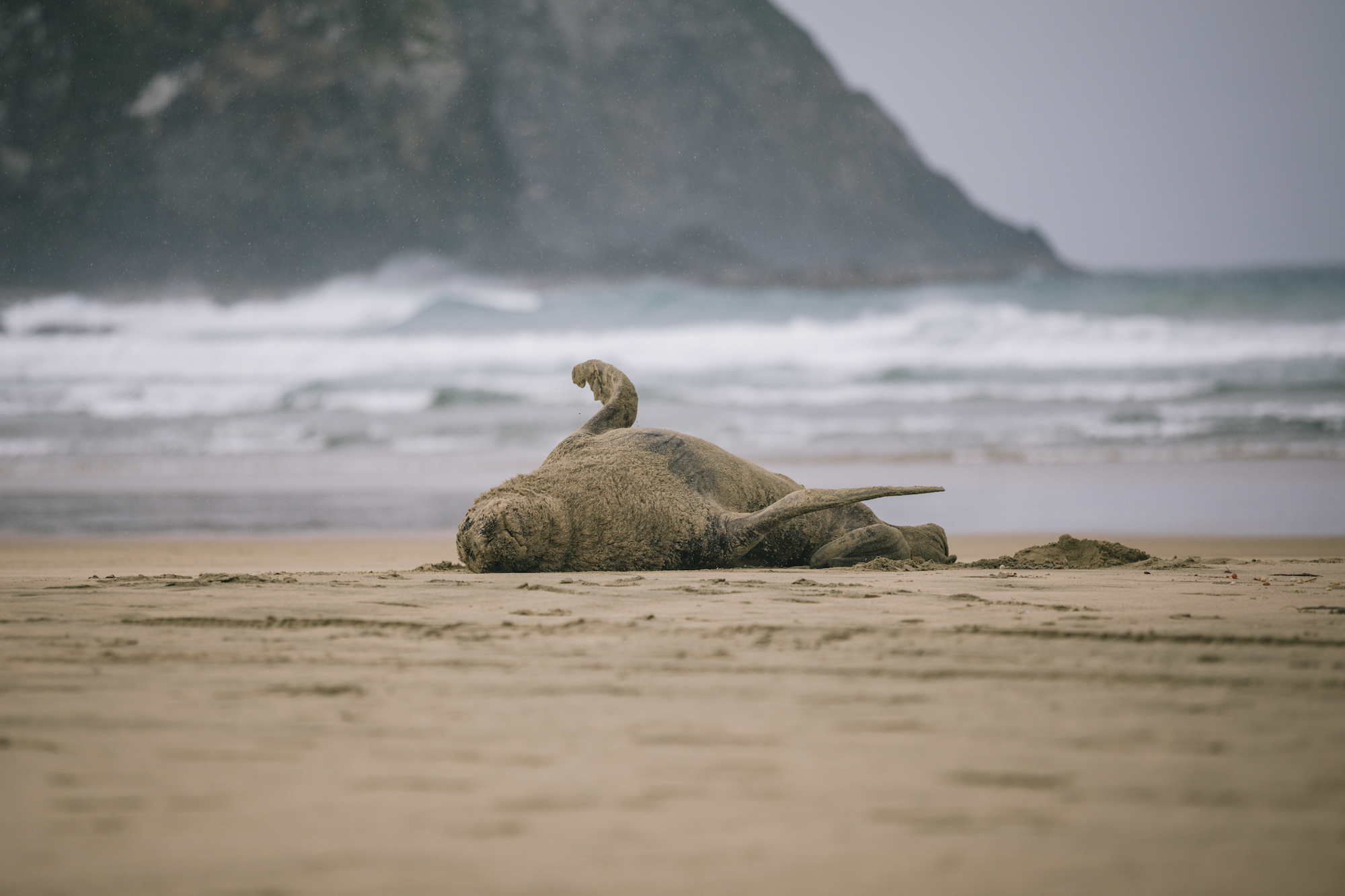
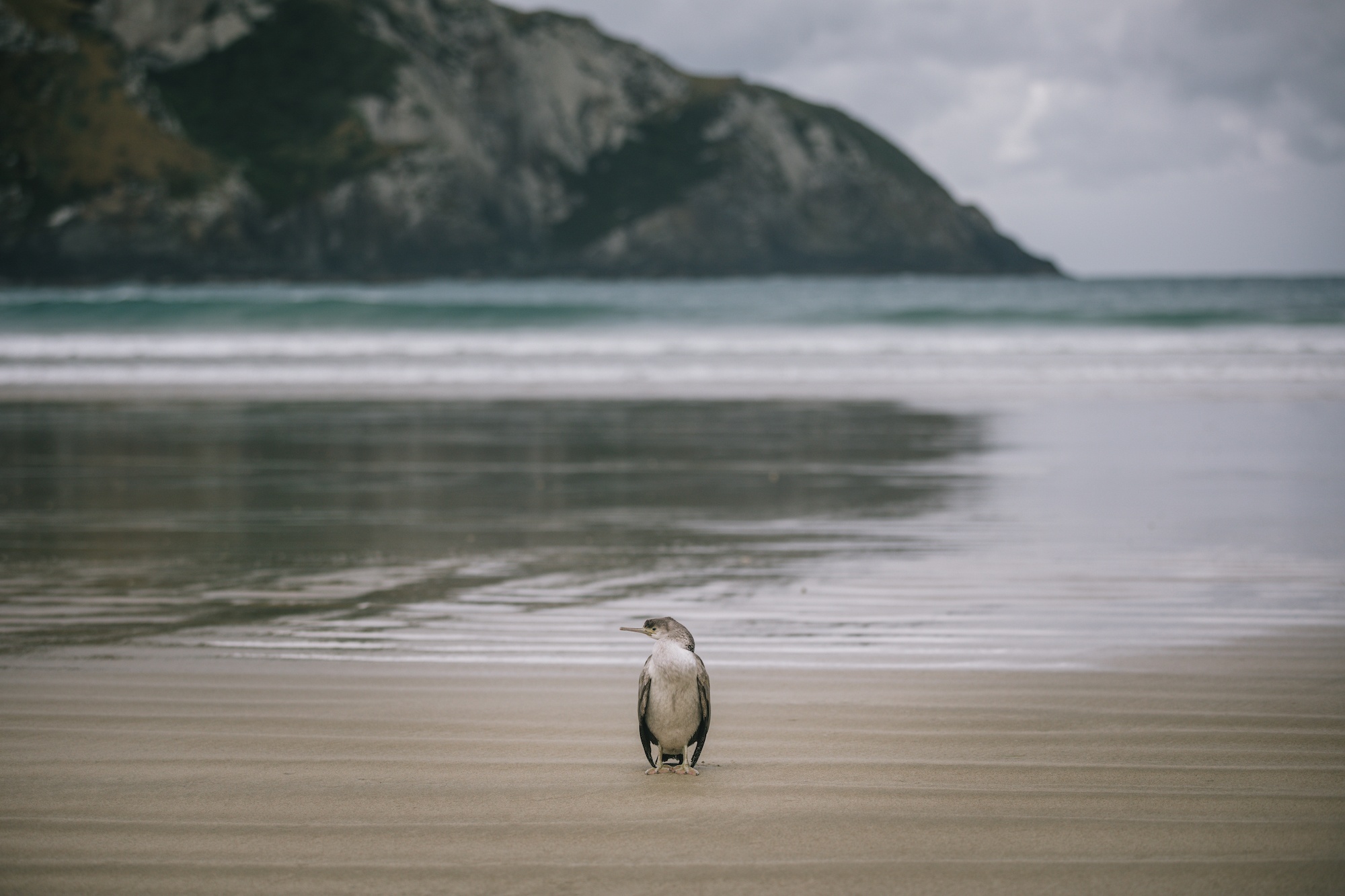
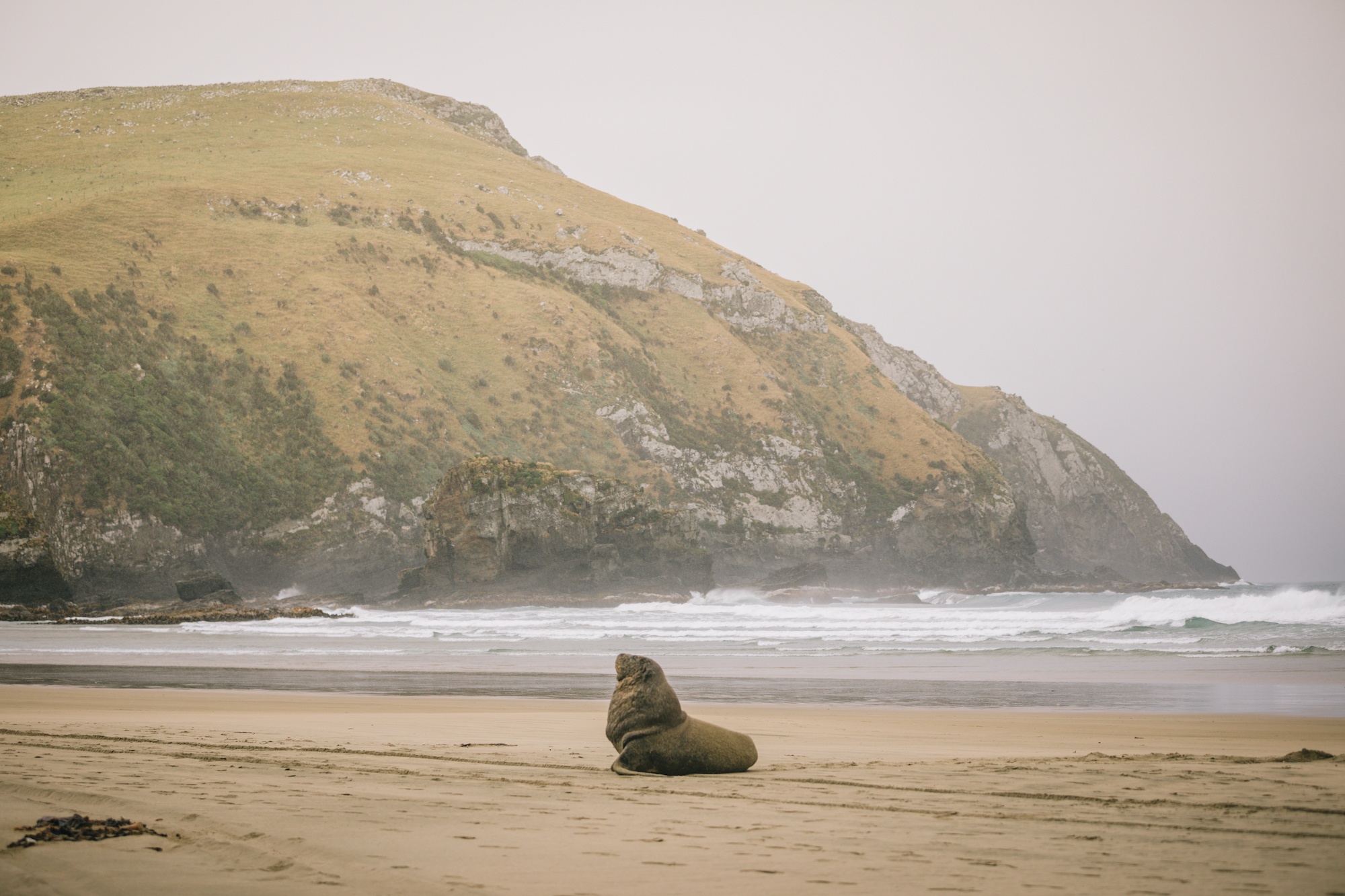
Many thanks to Great South for hosting me in Southland; like always, I’m keeping it real – like you could expect less from me!
The post Where to relax and unwind in the Catlins appeared first on Young Adventuress.


